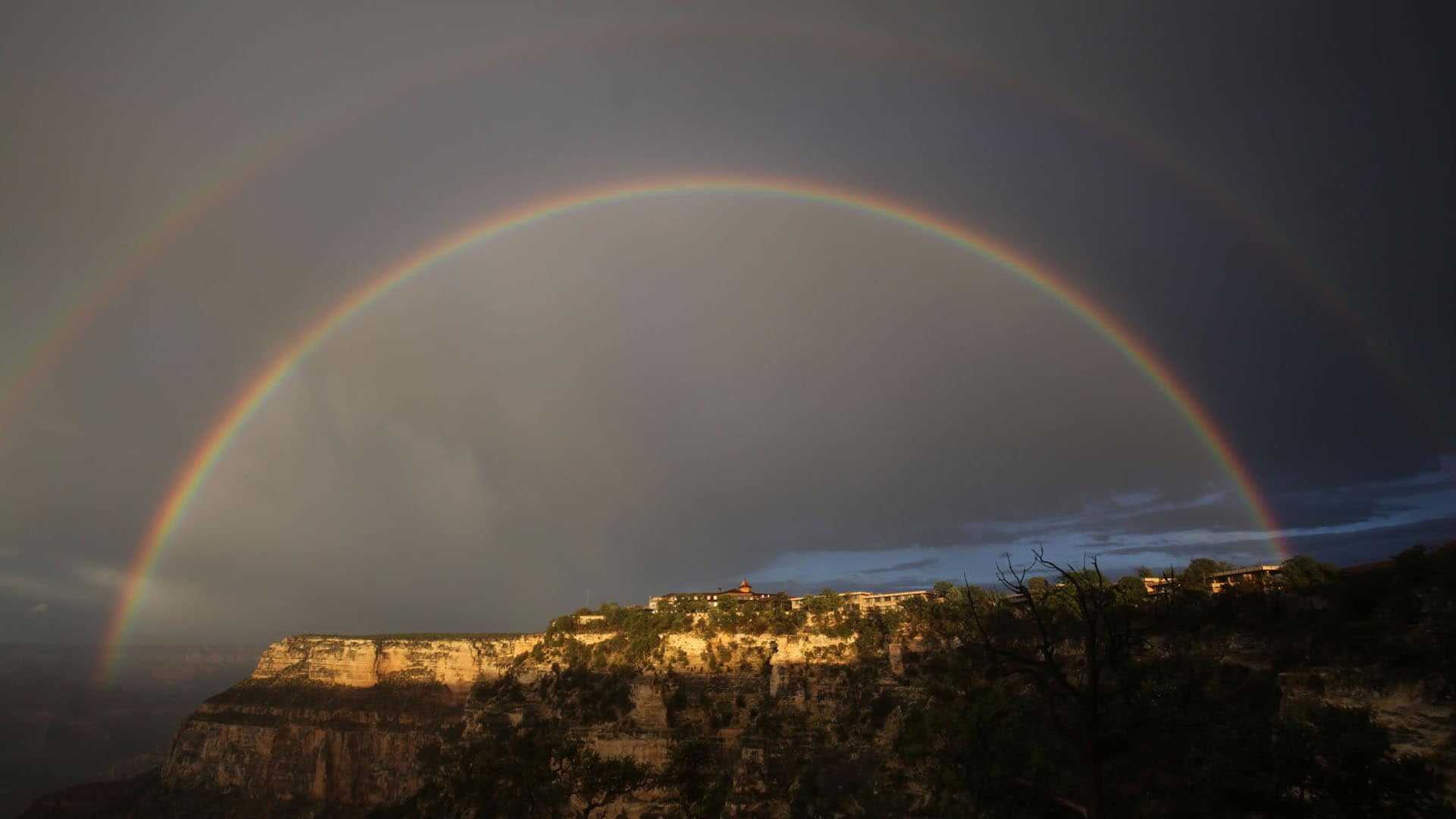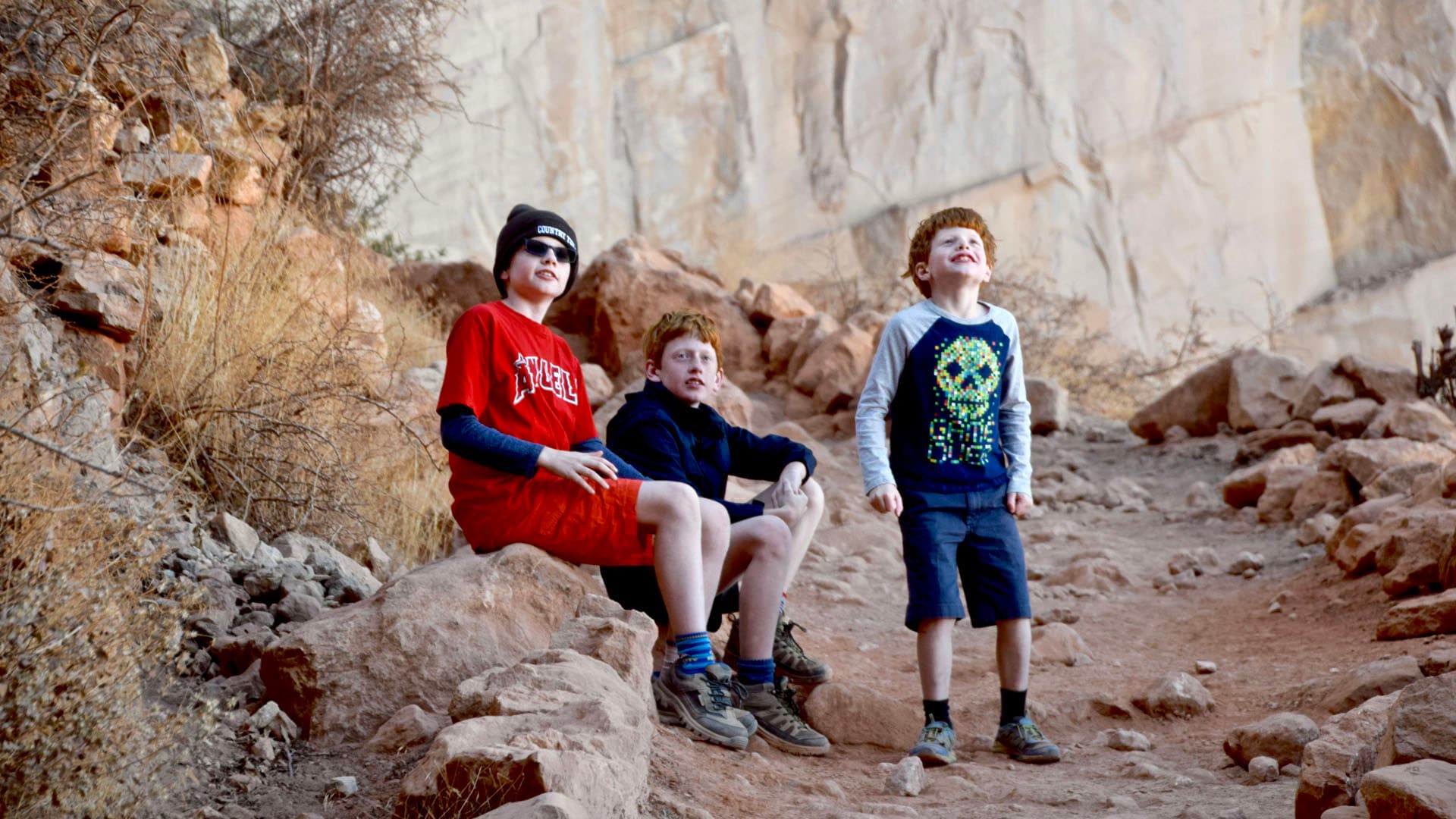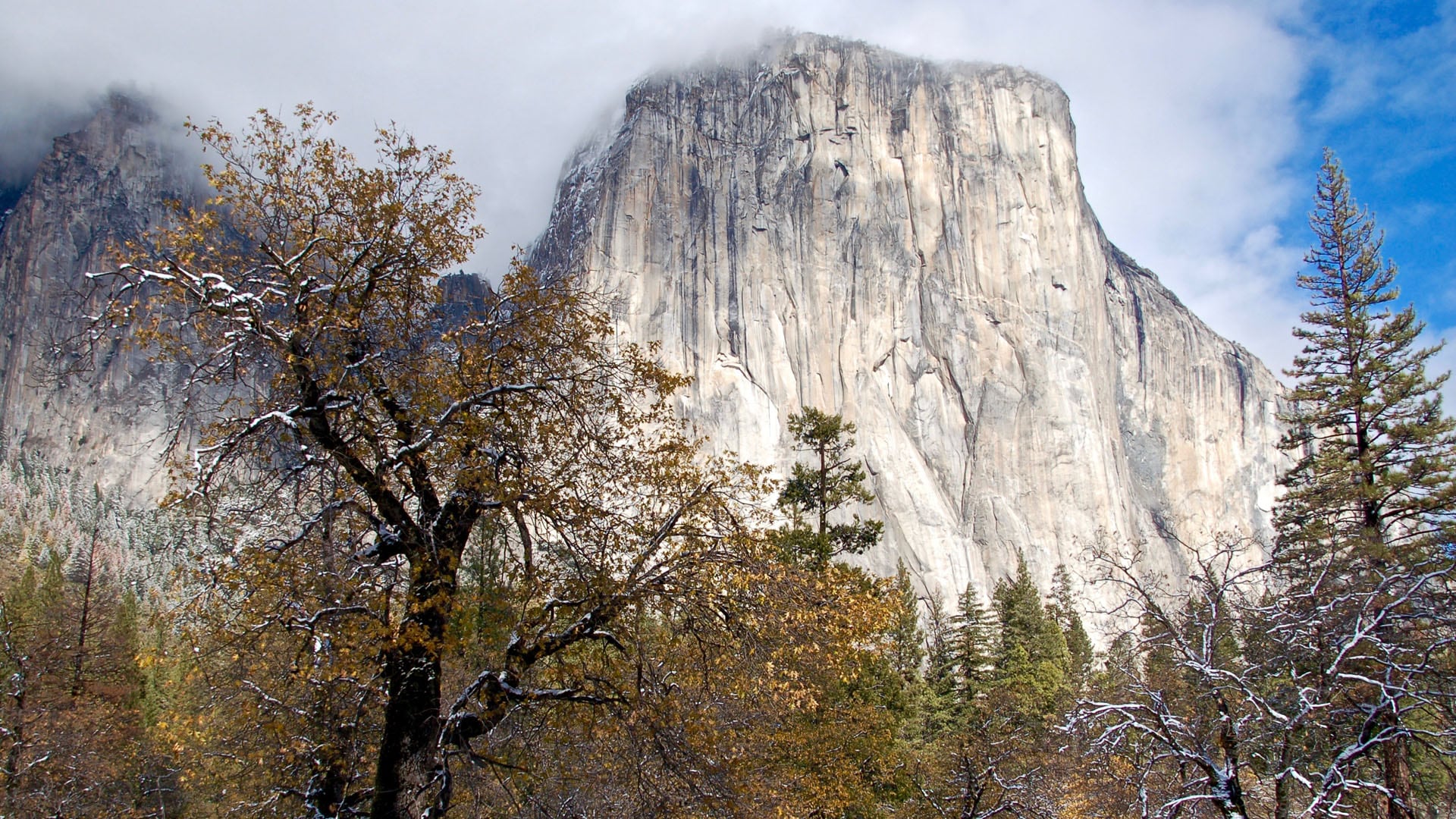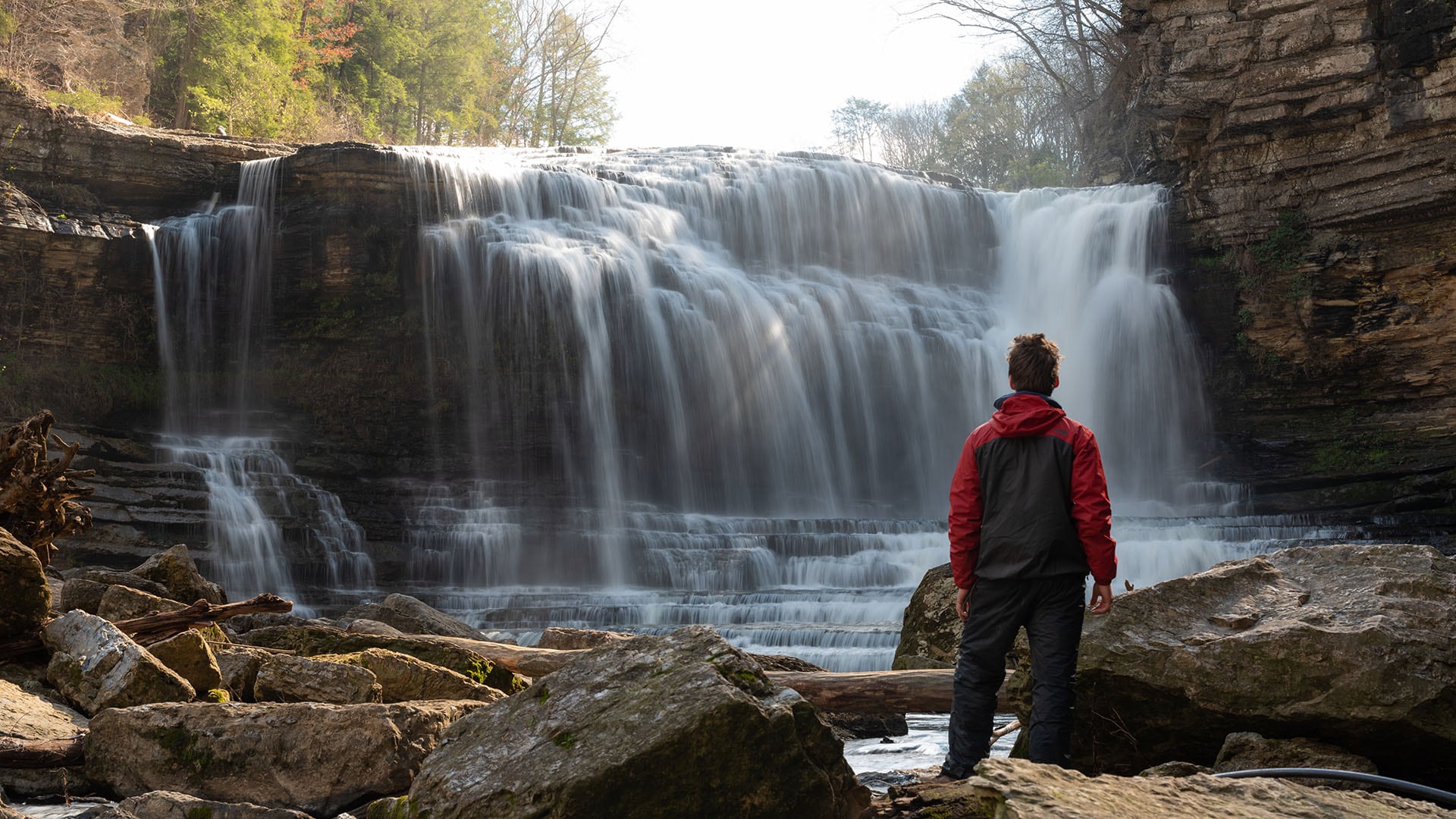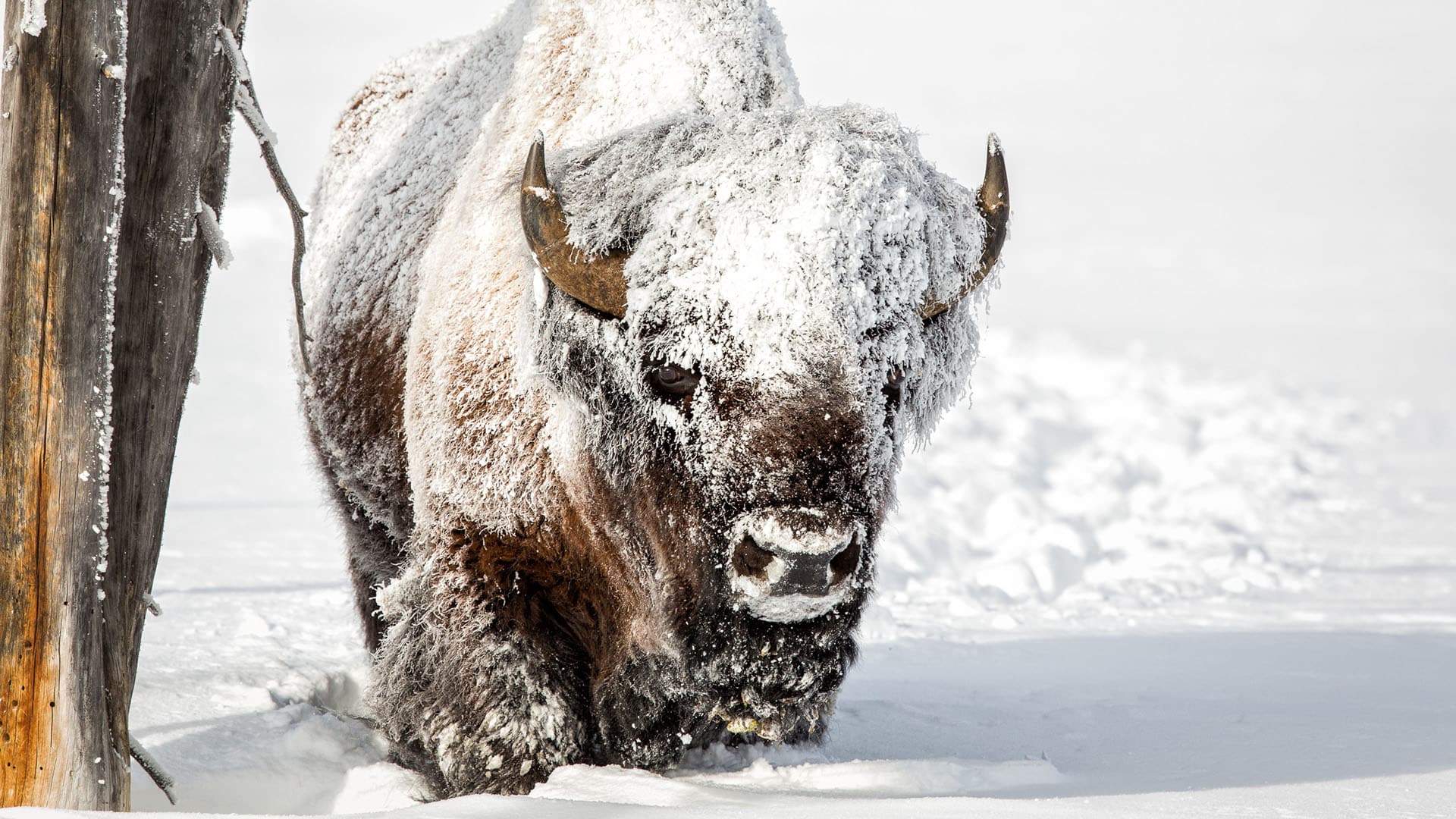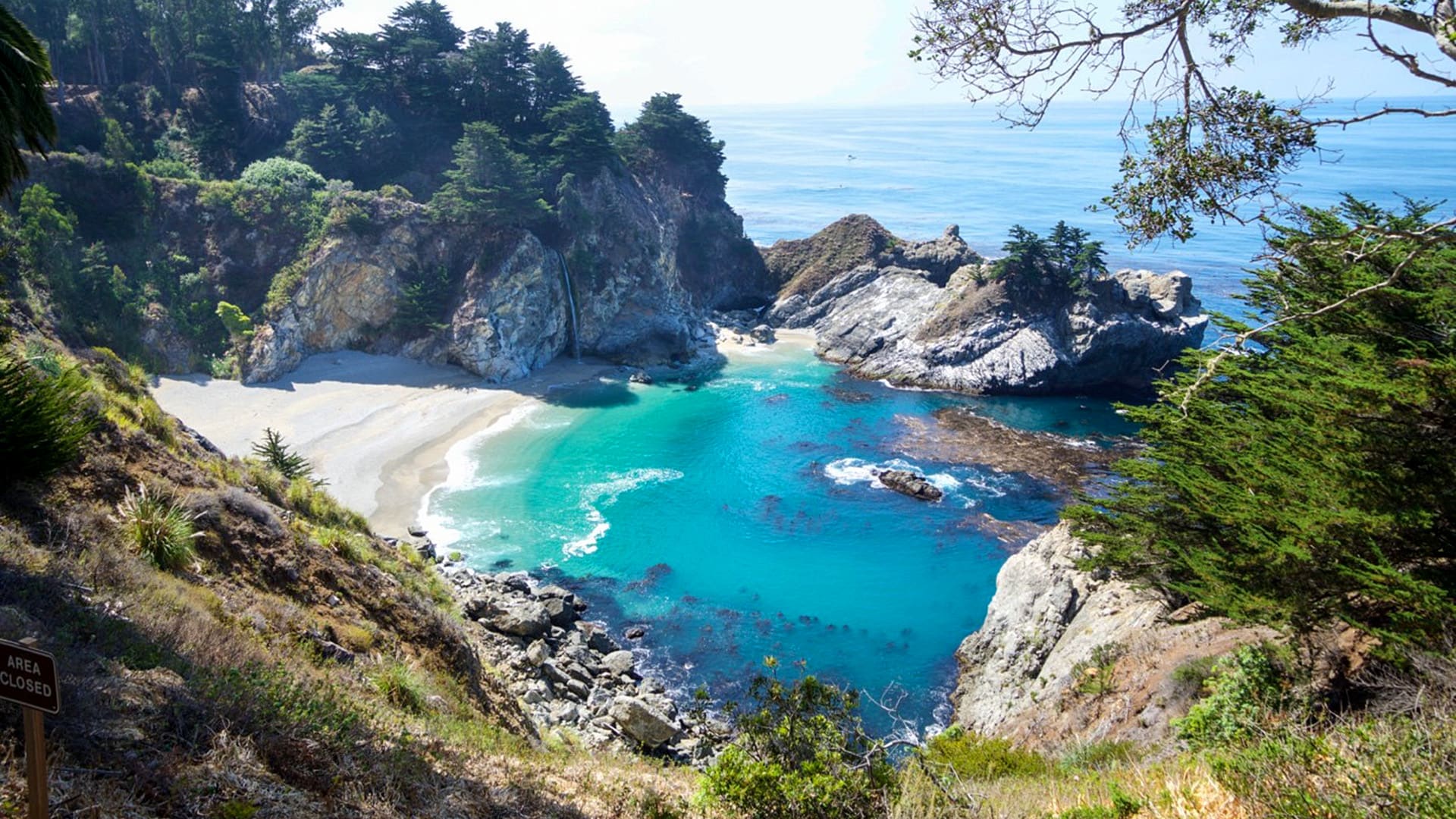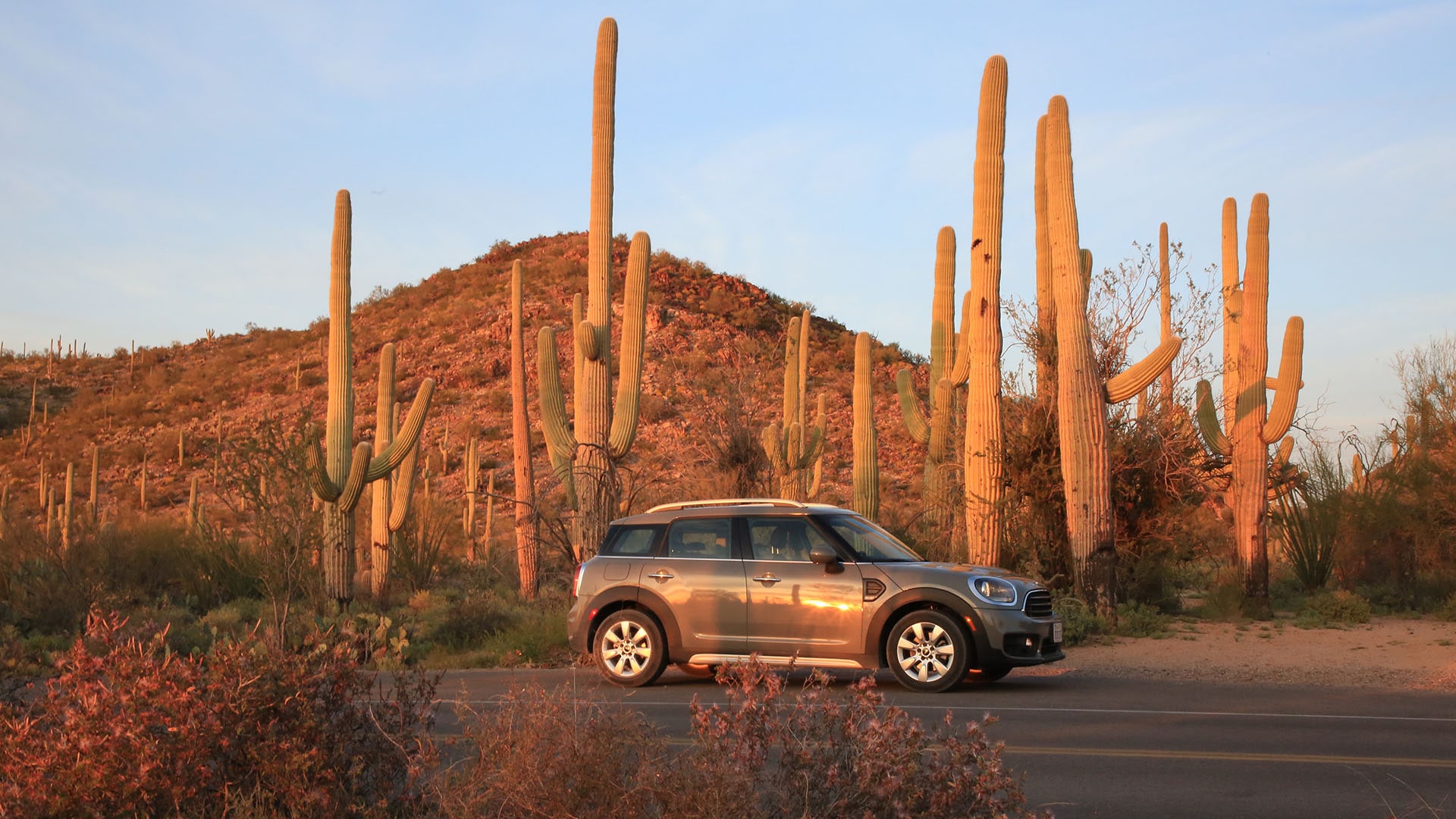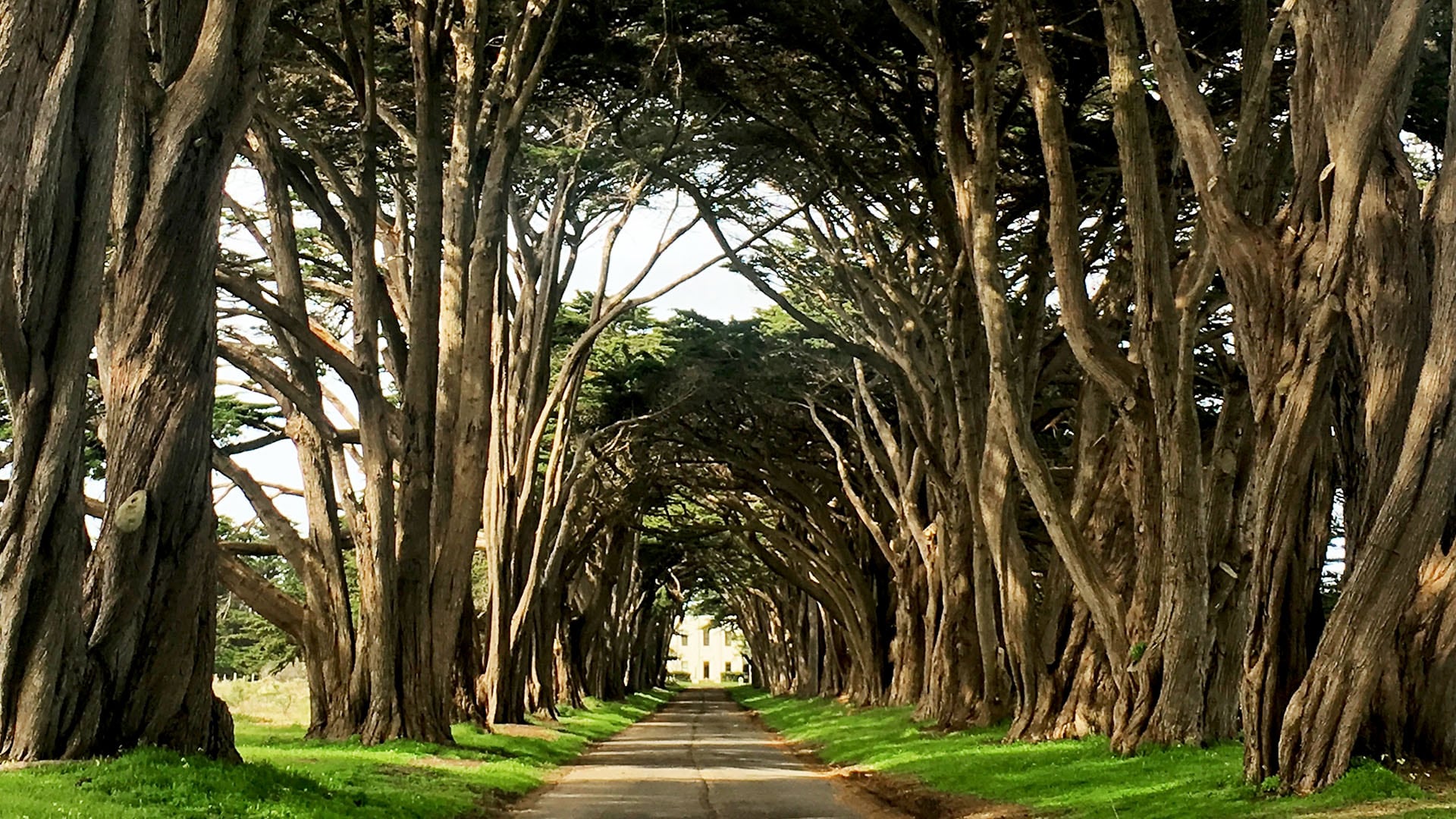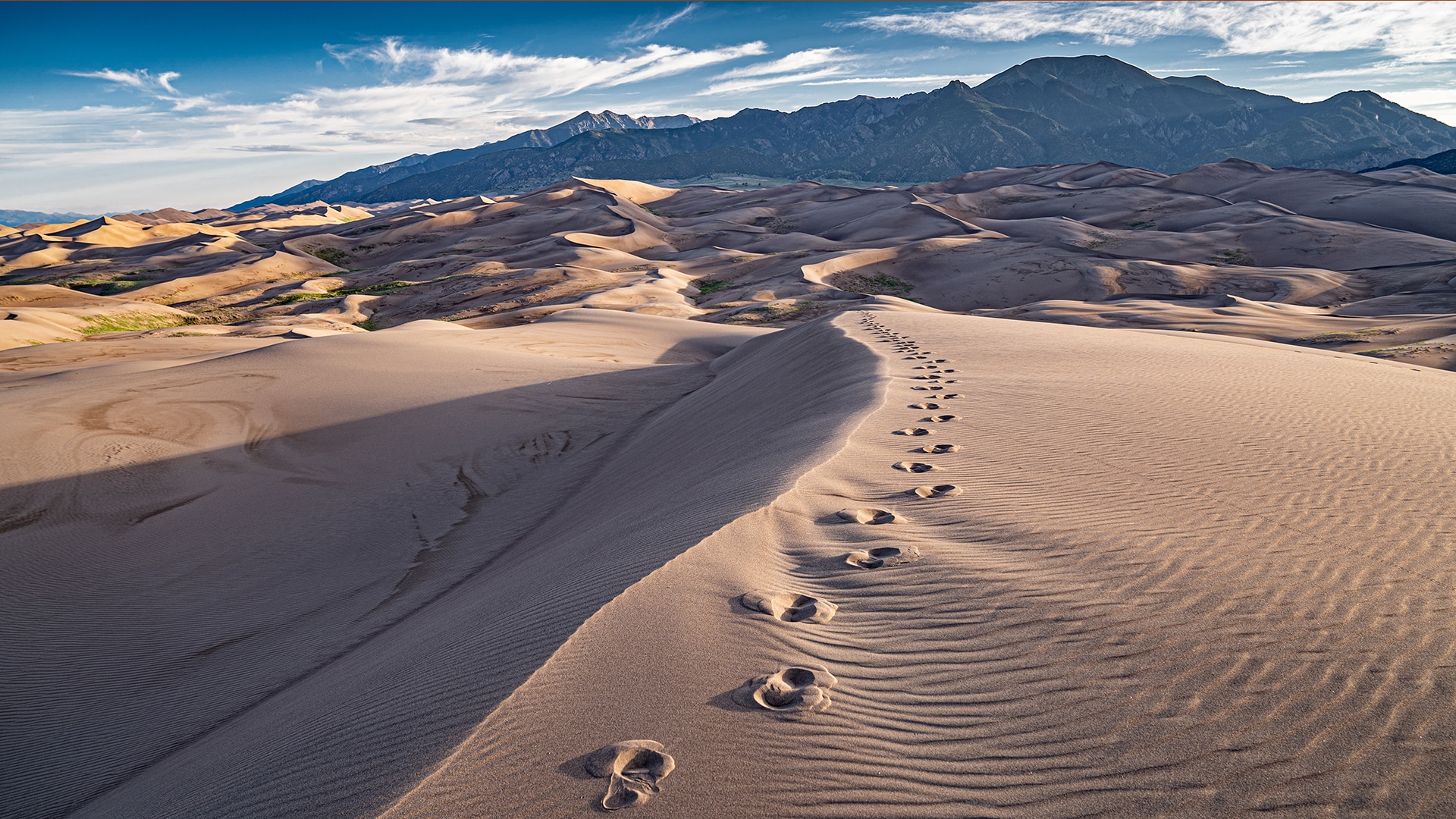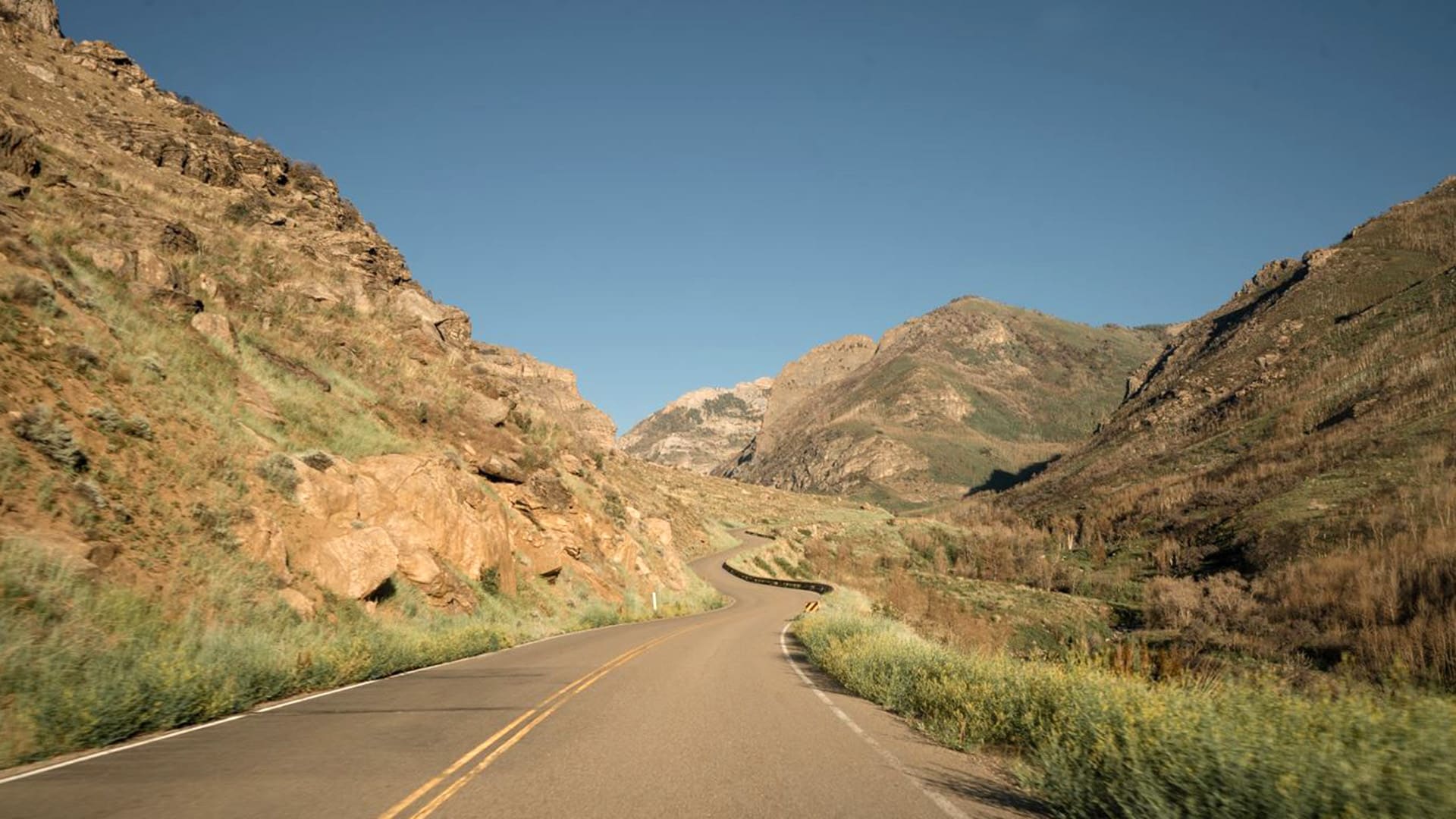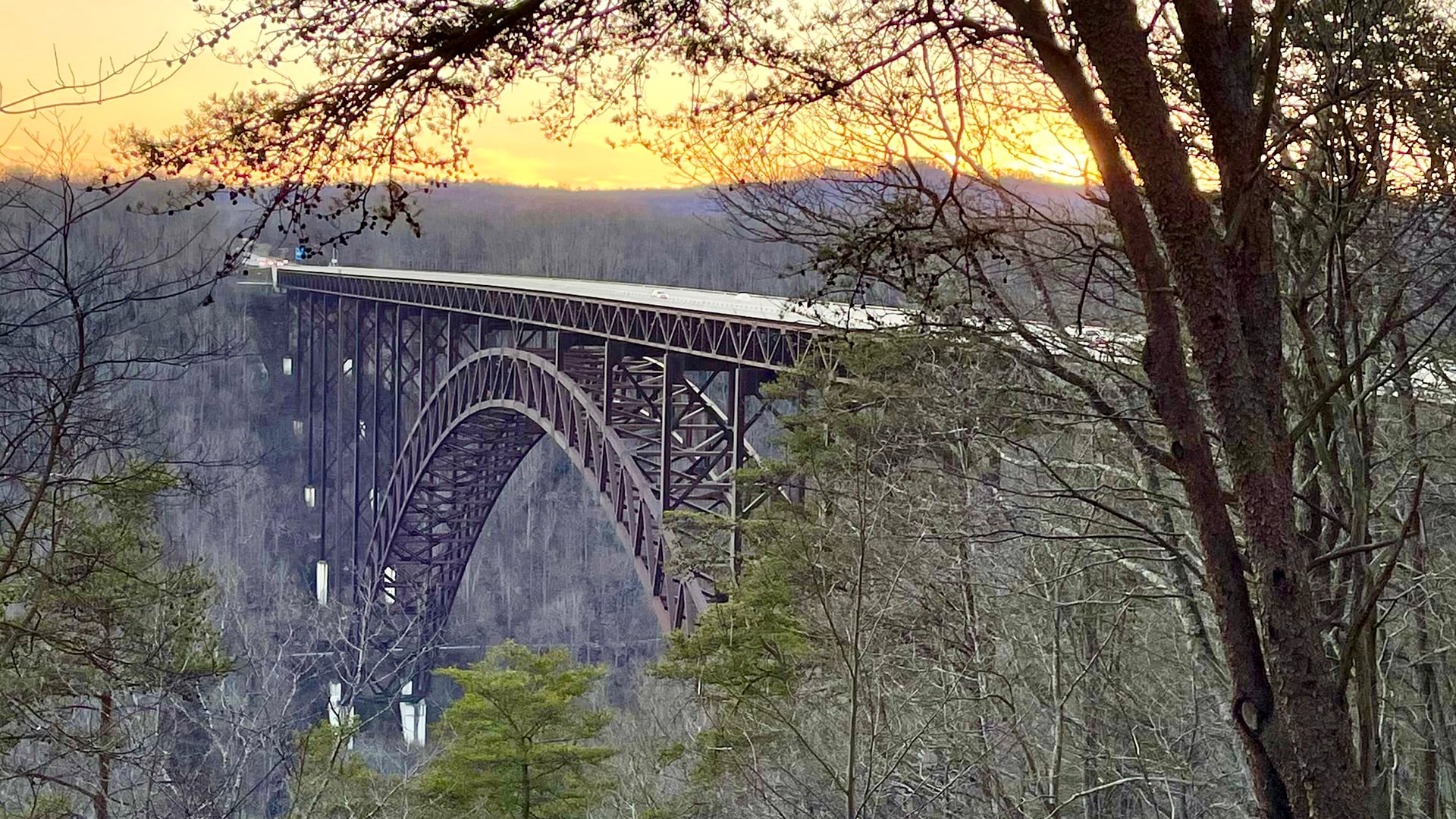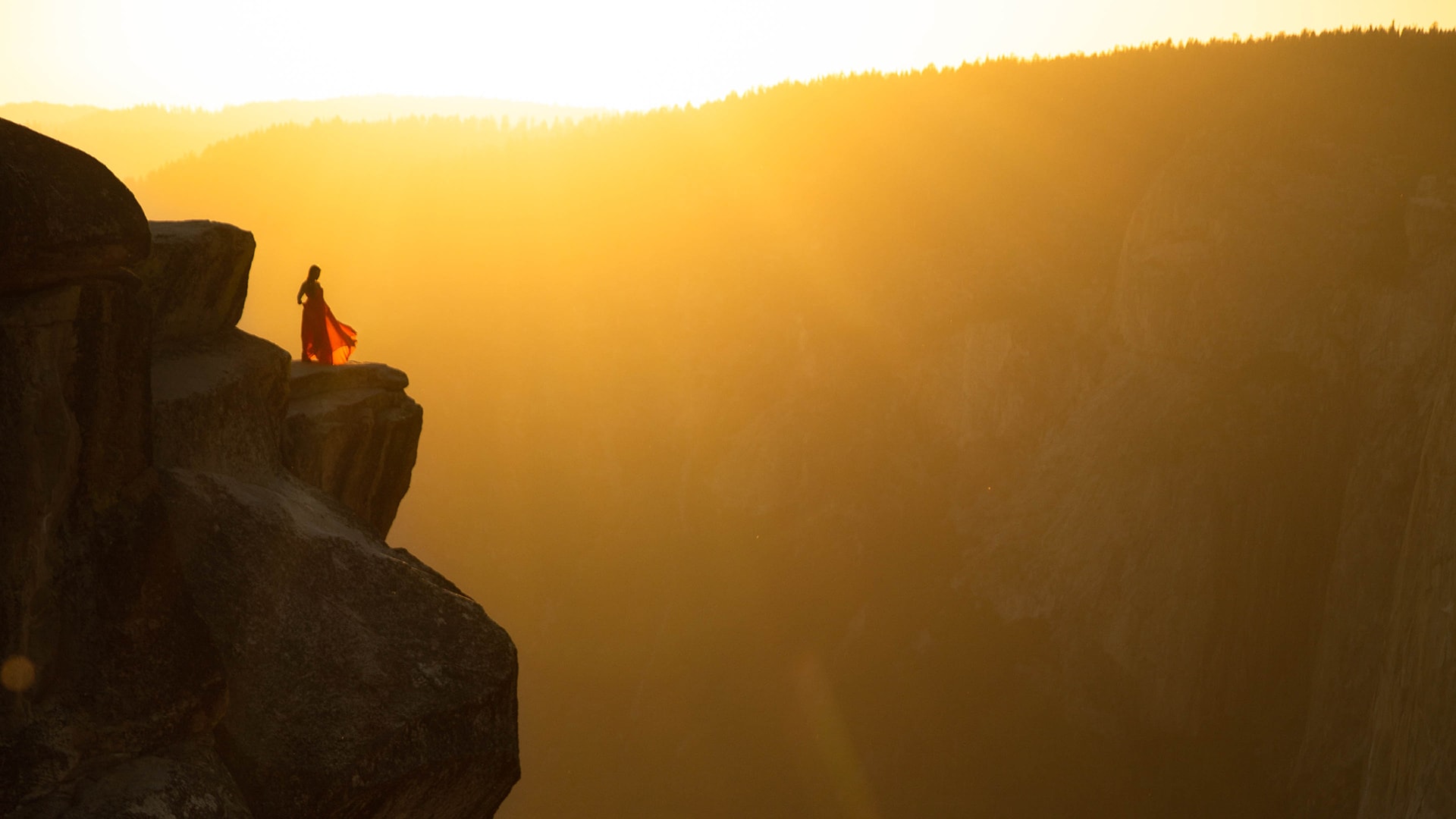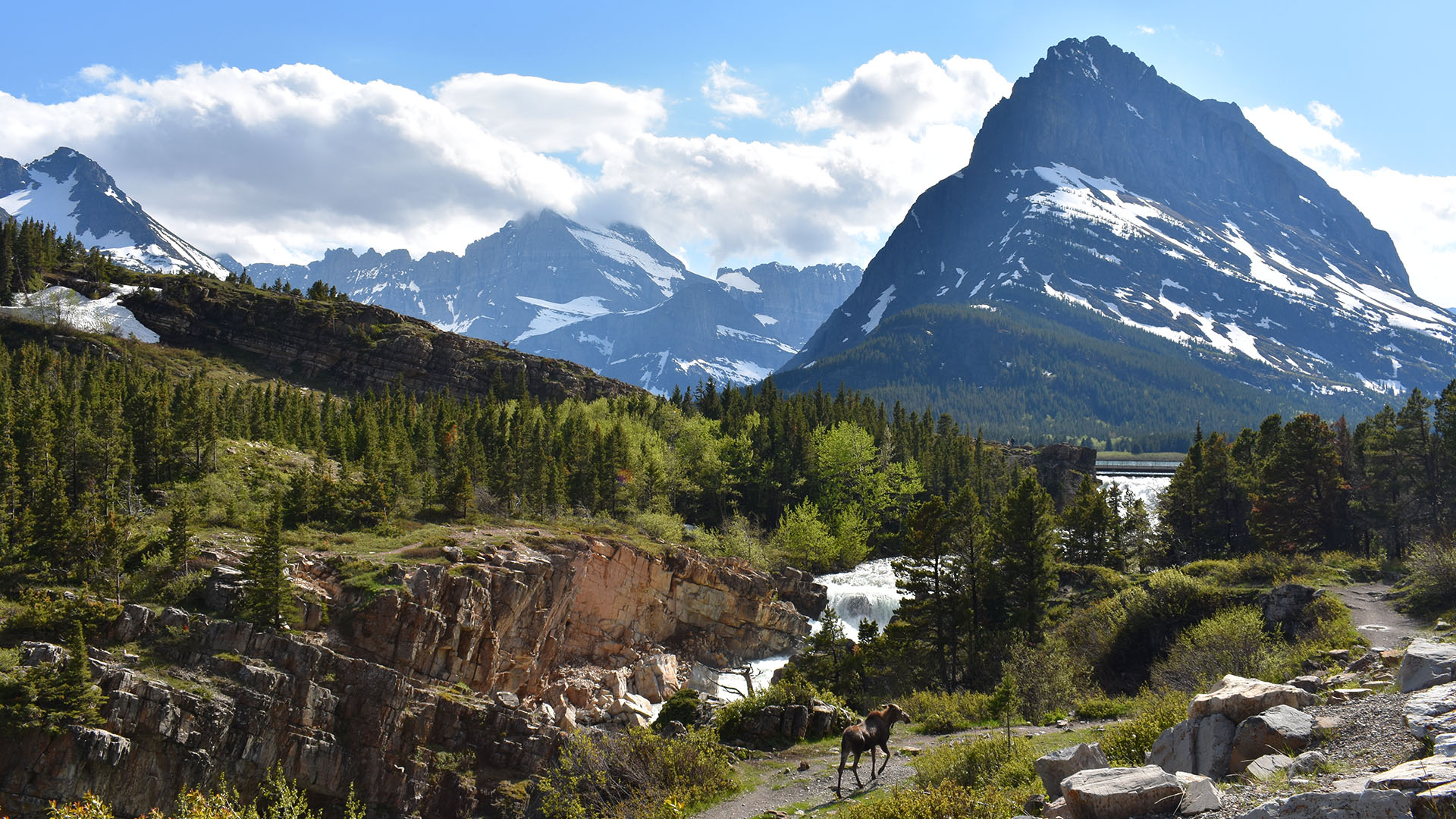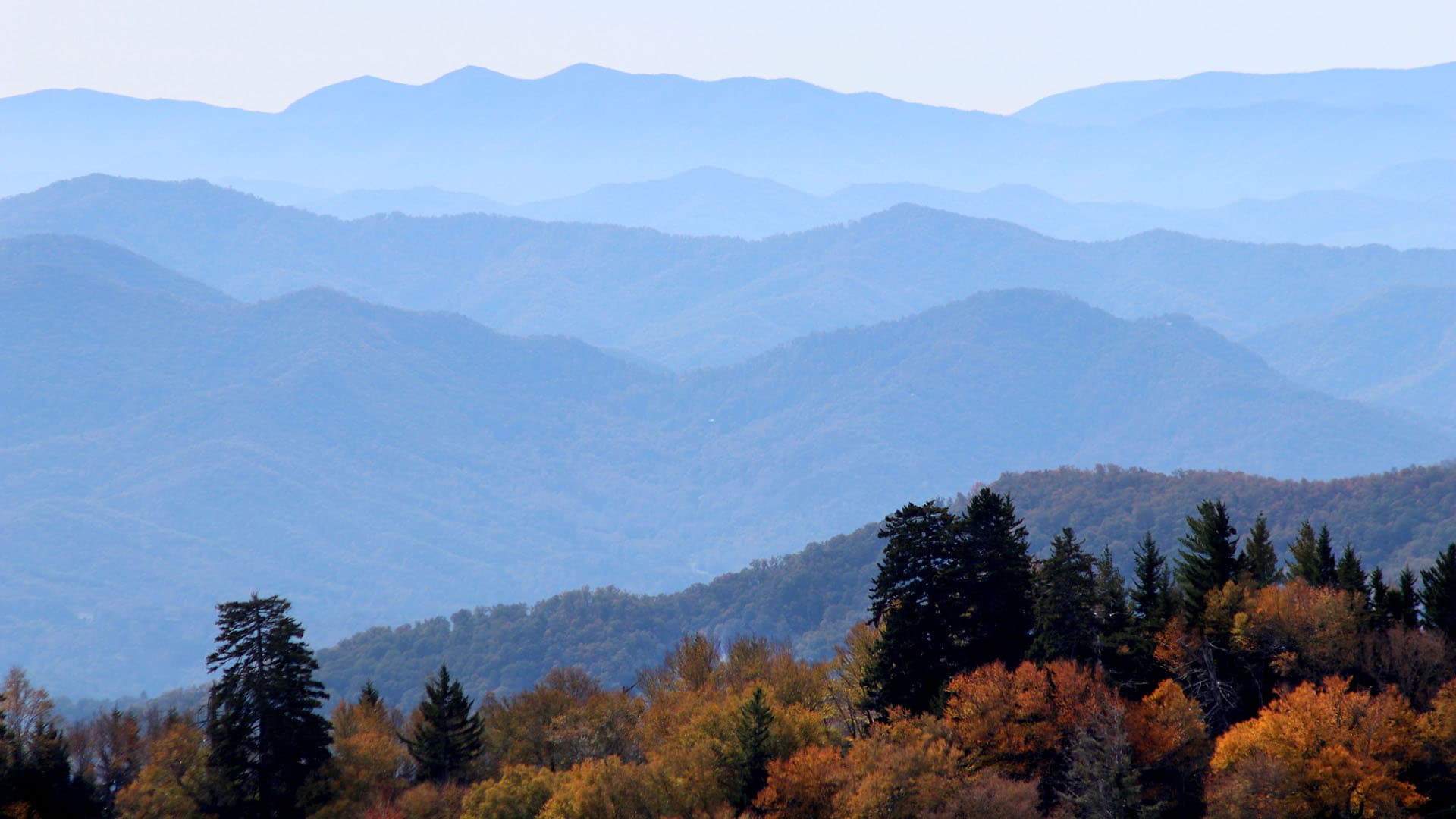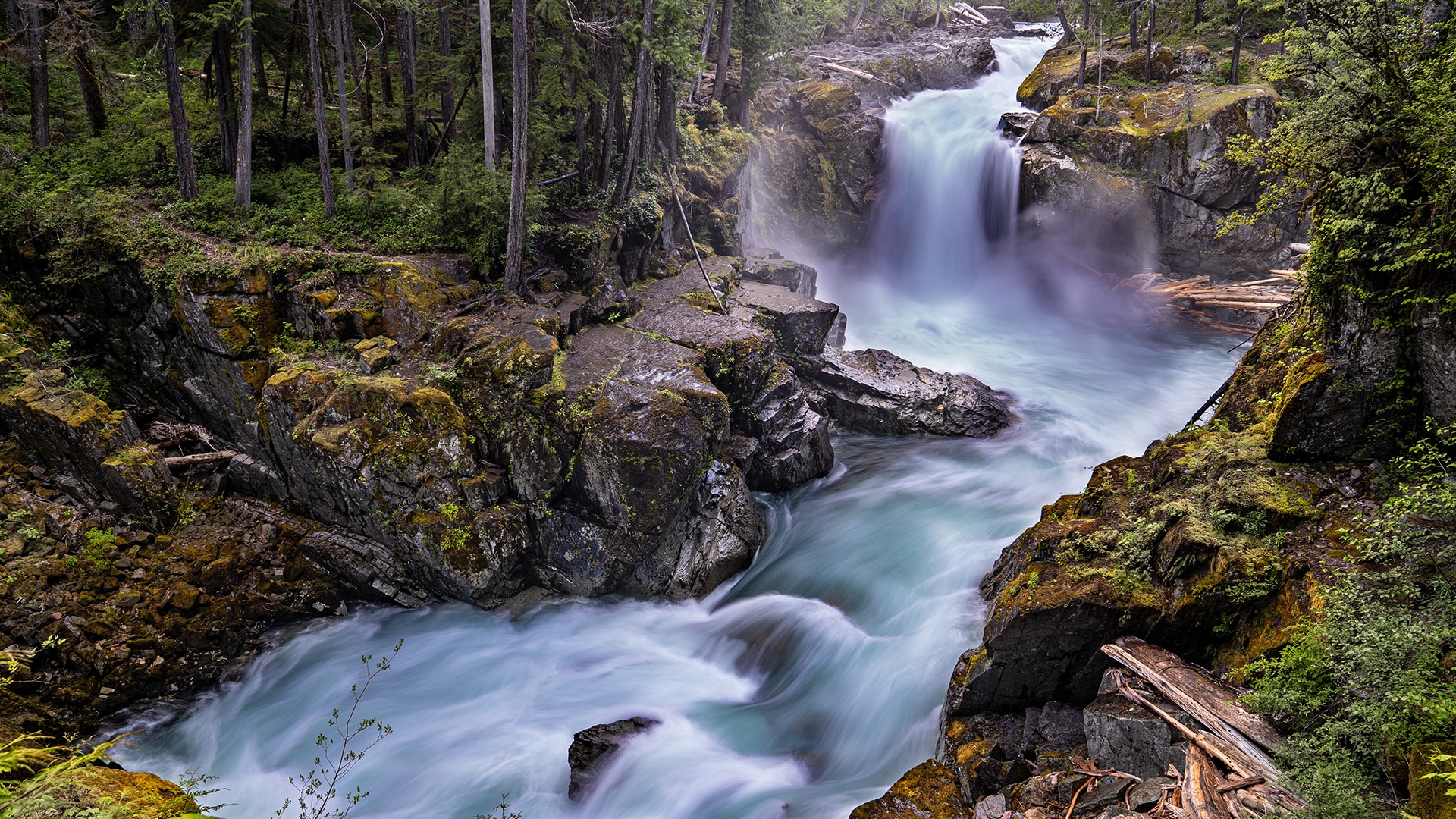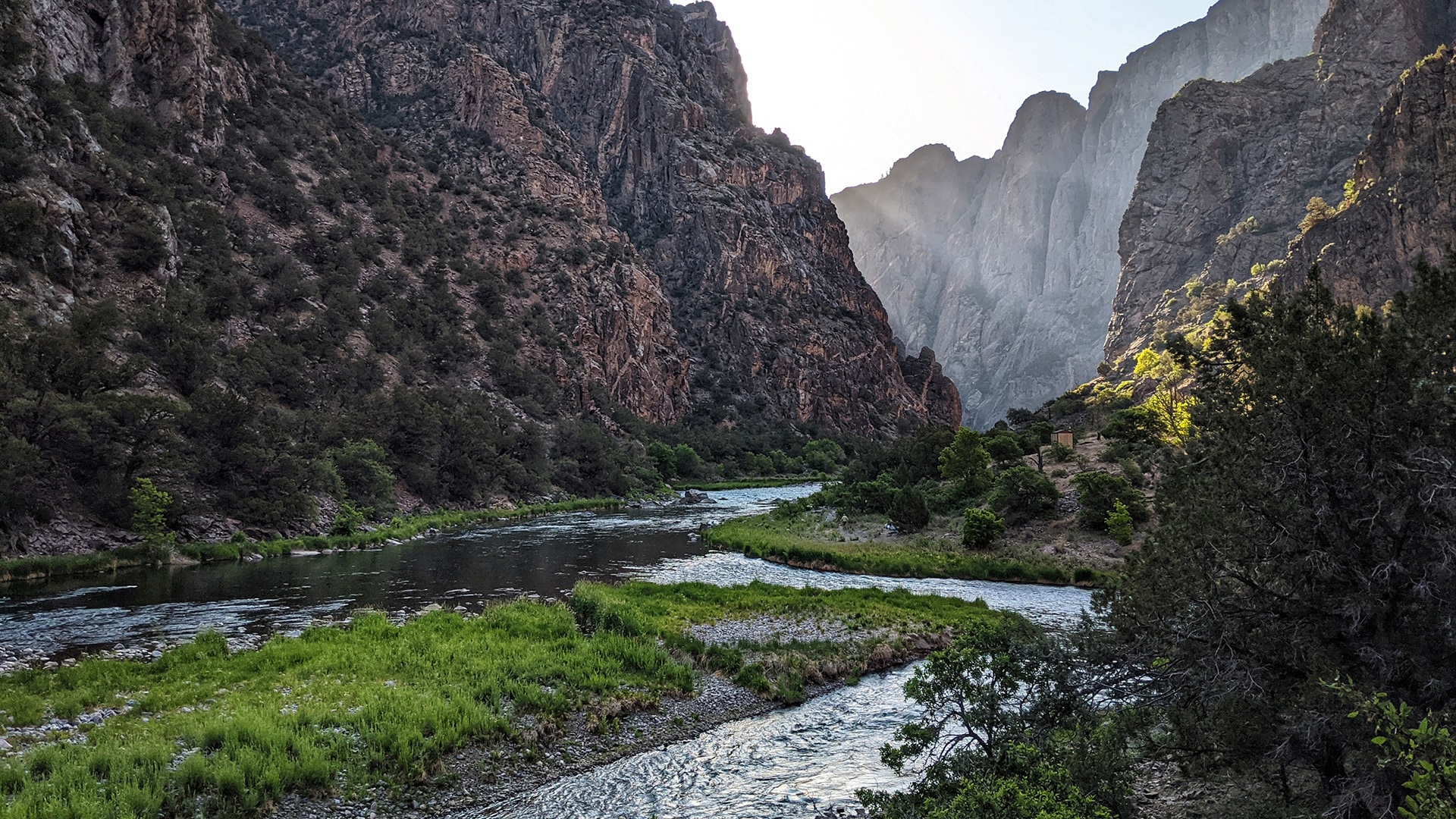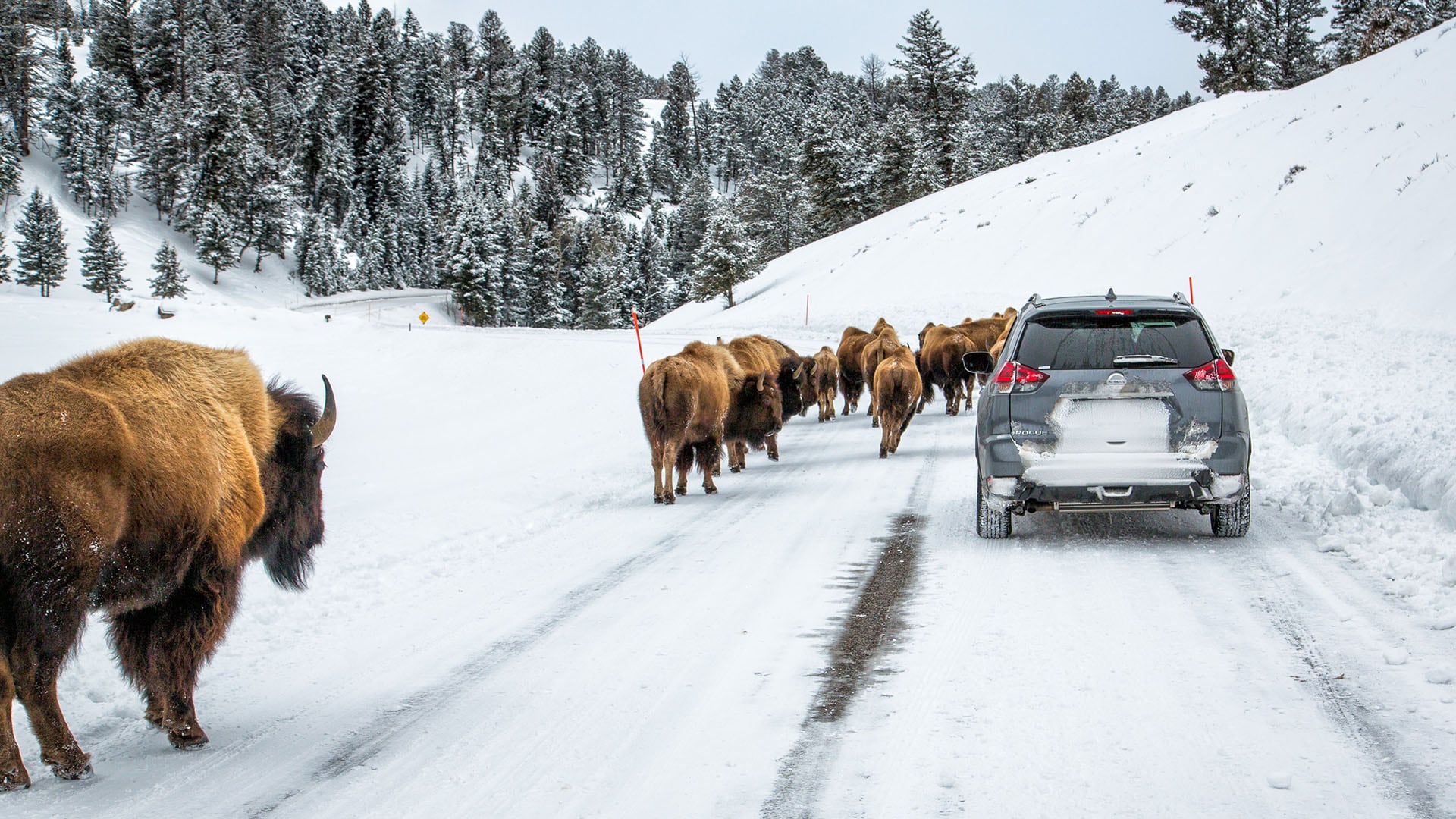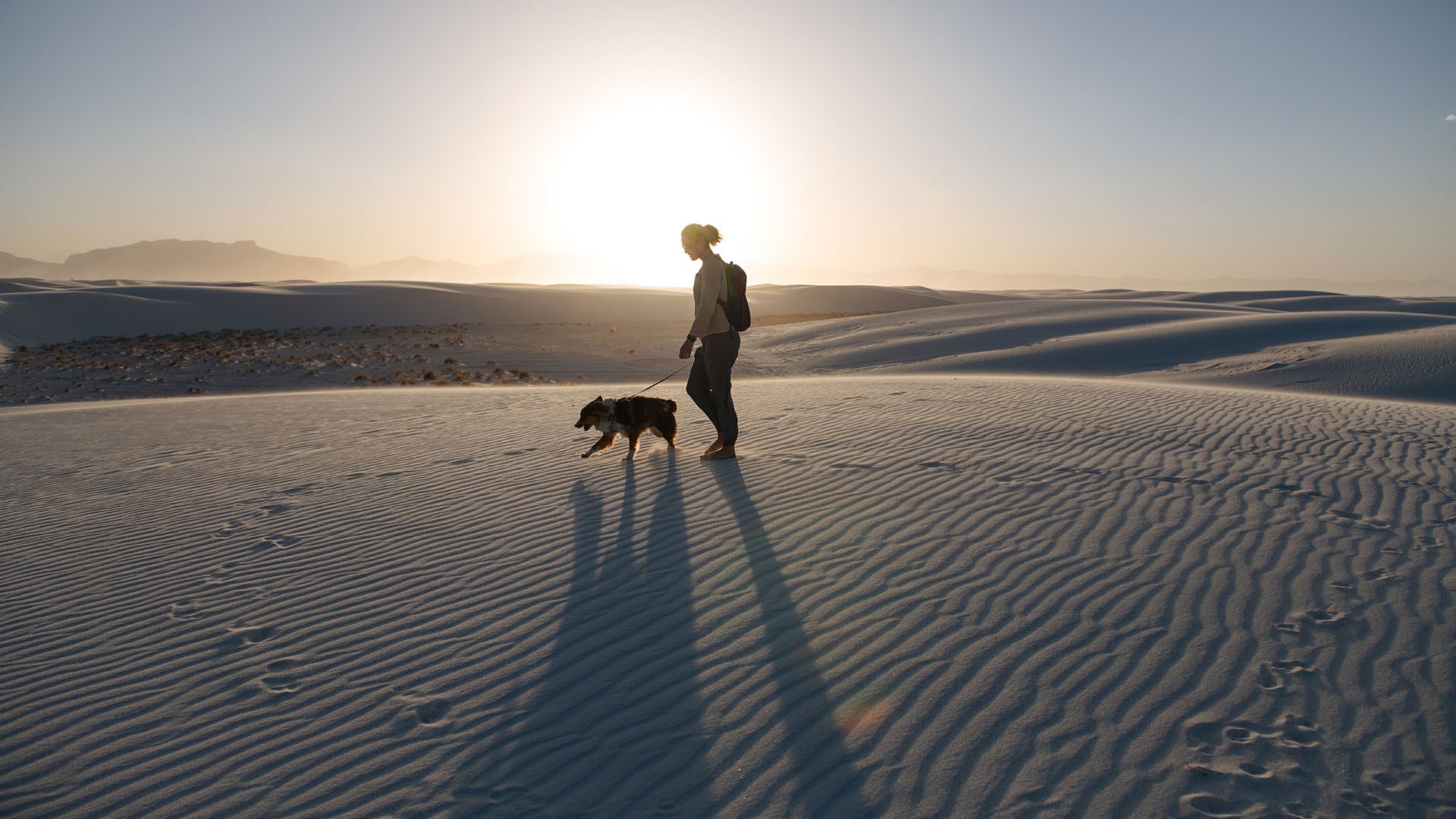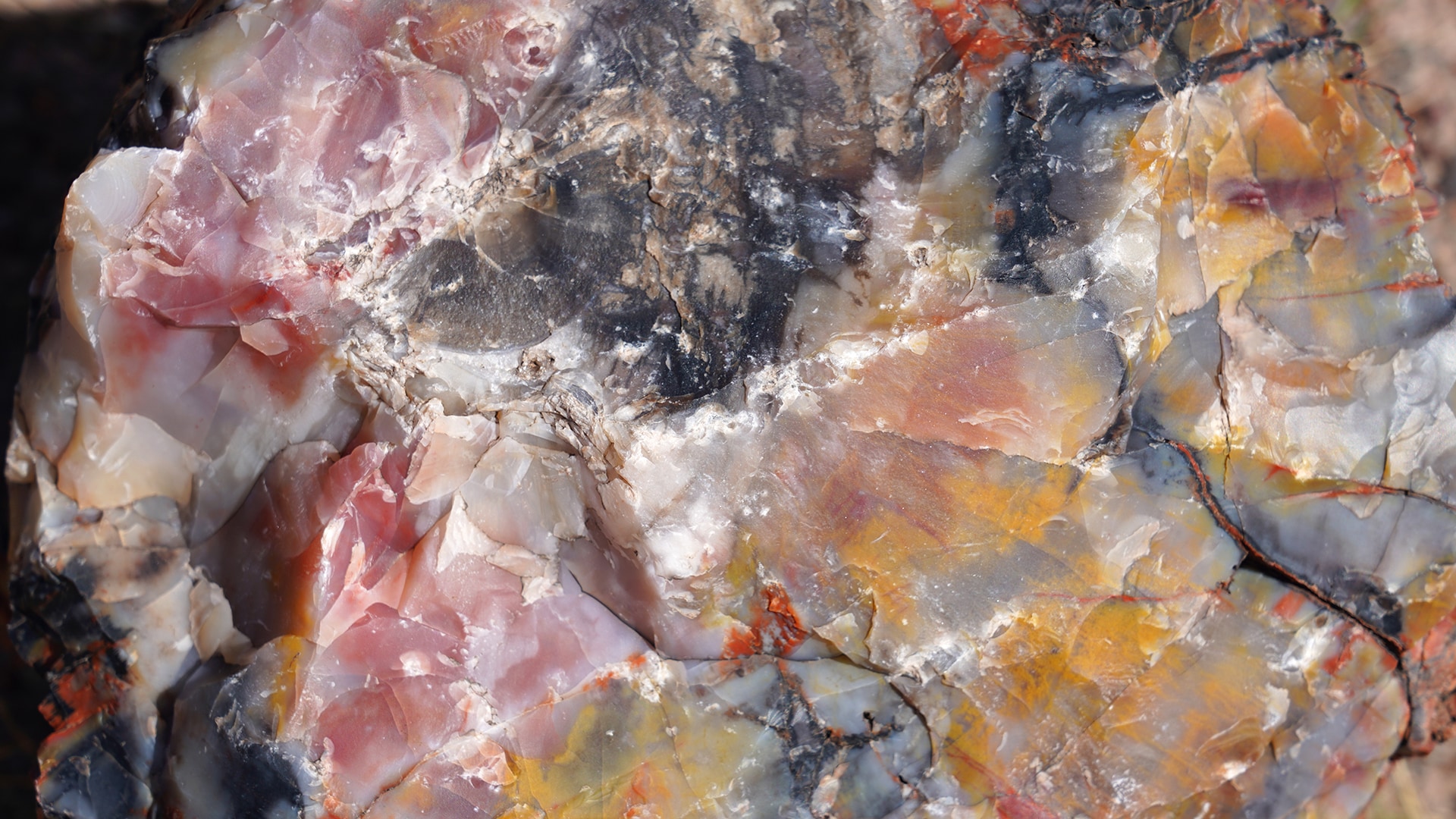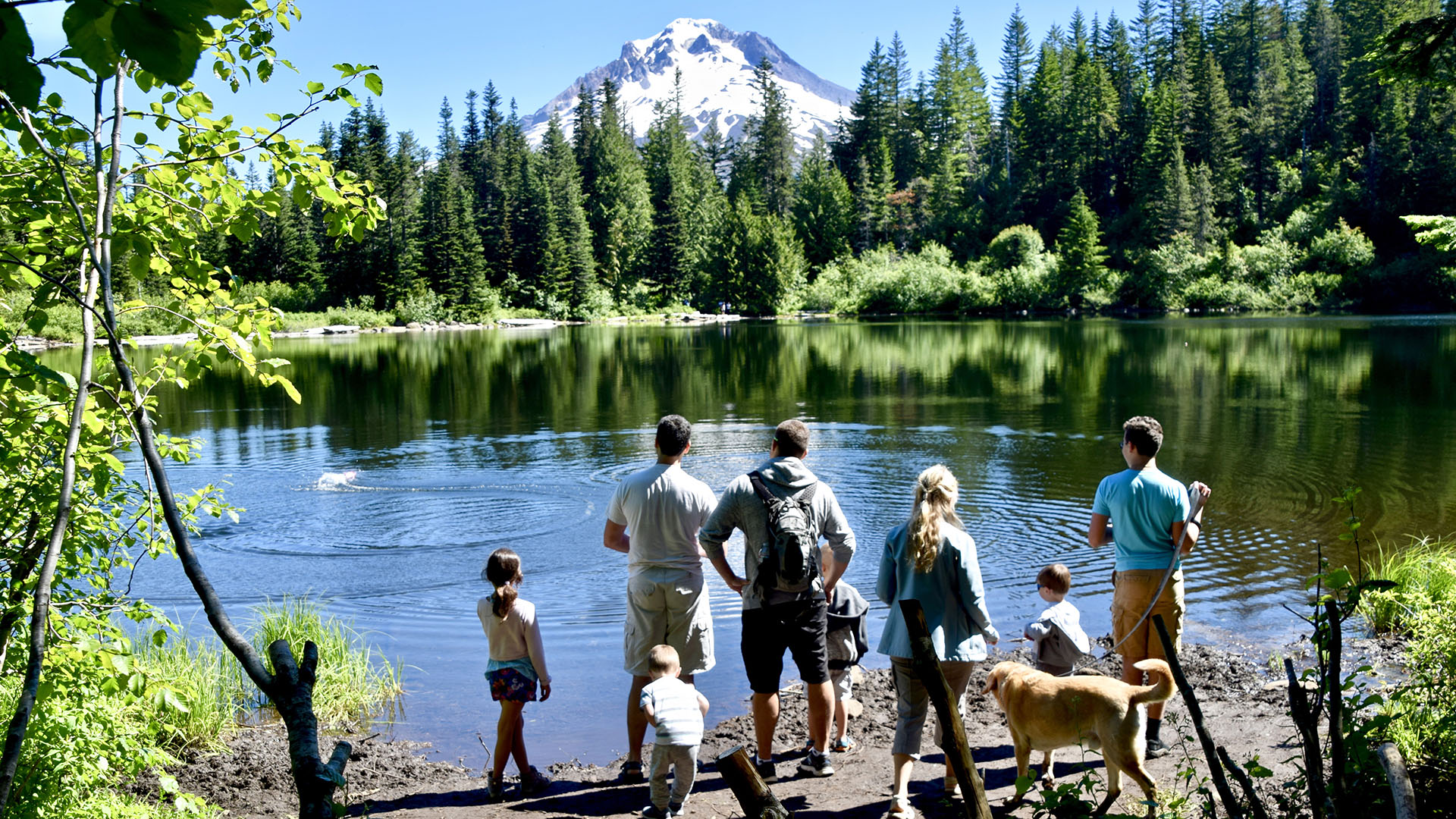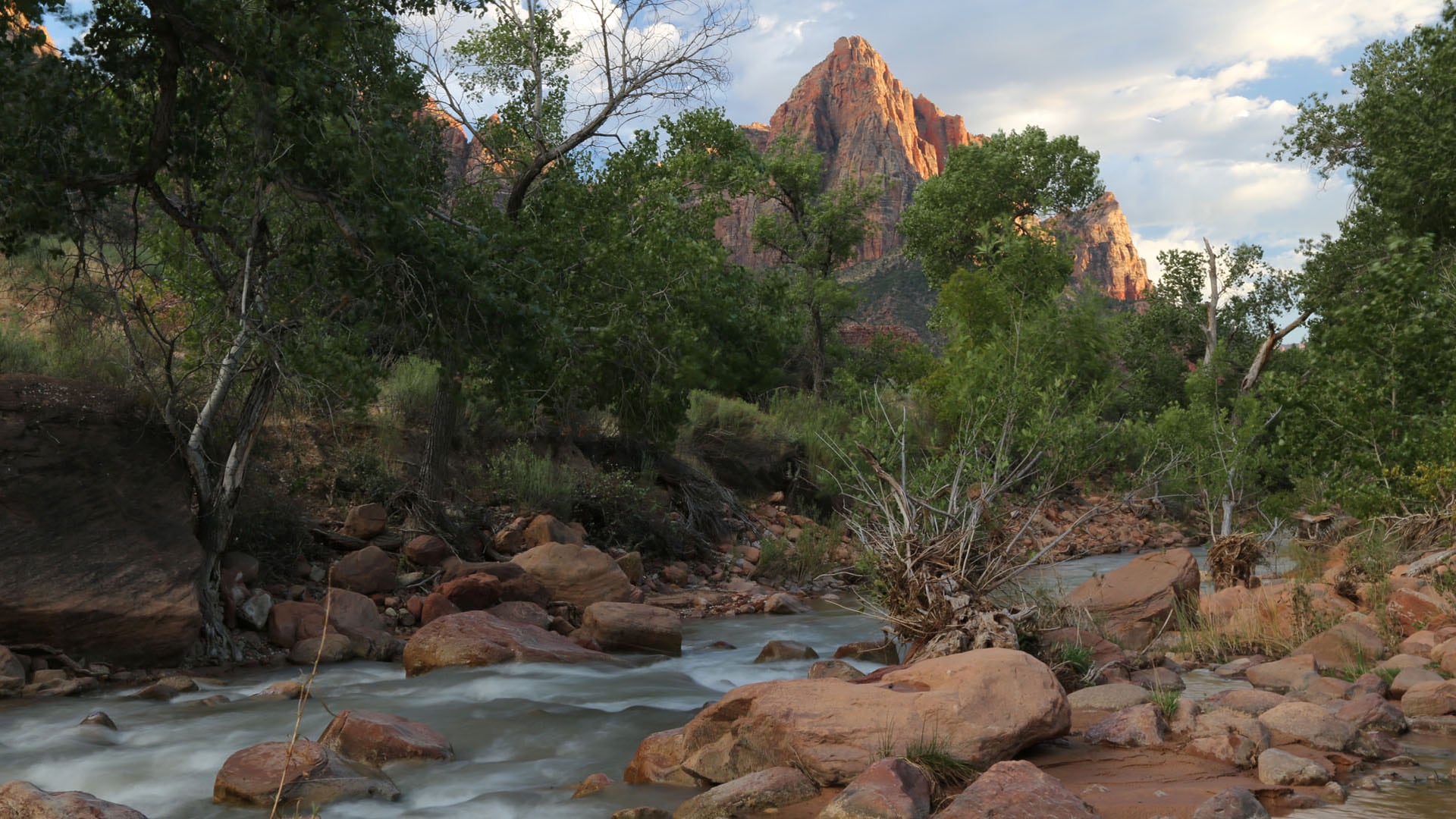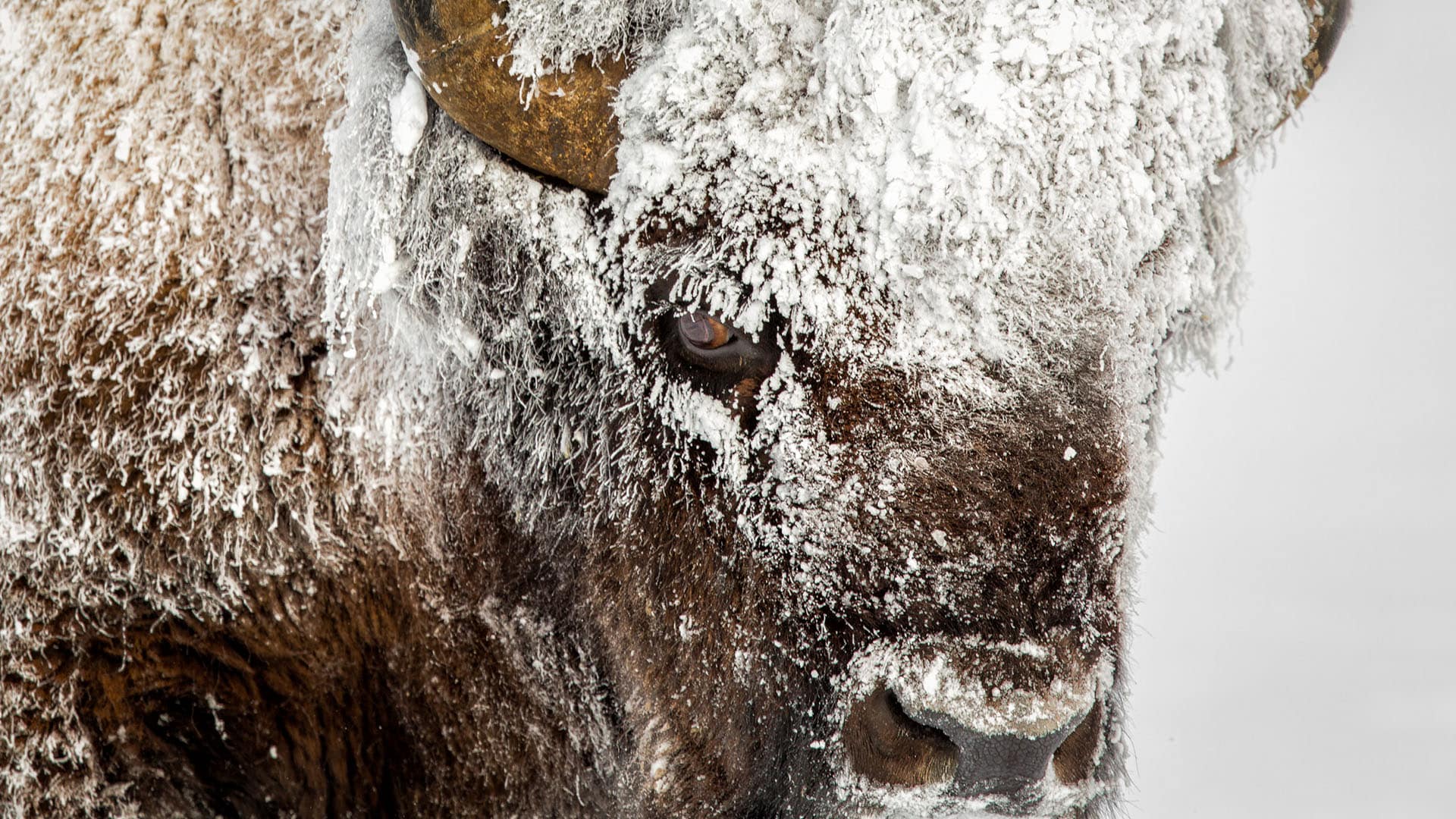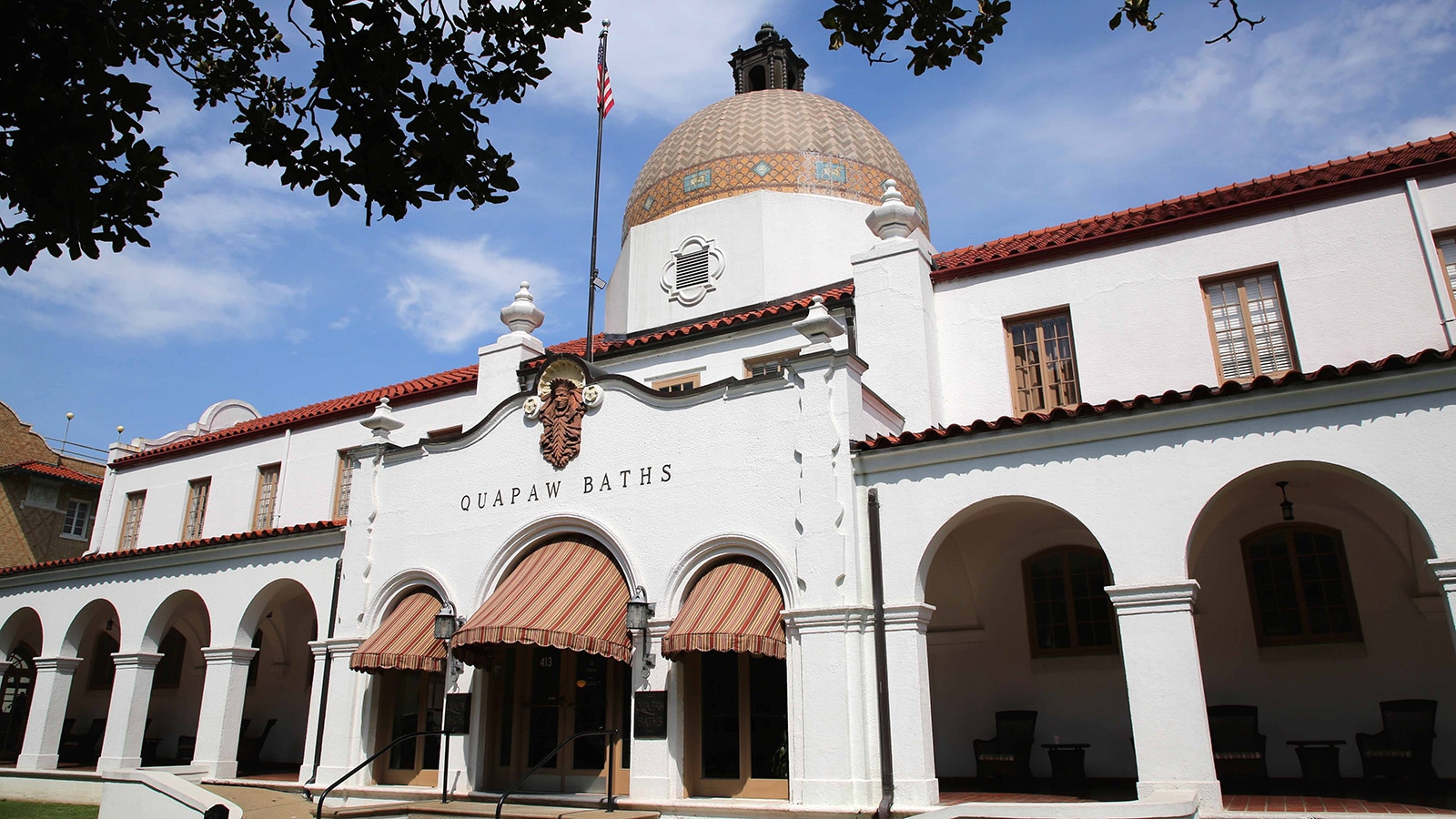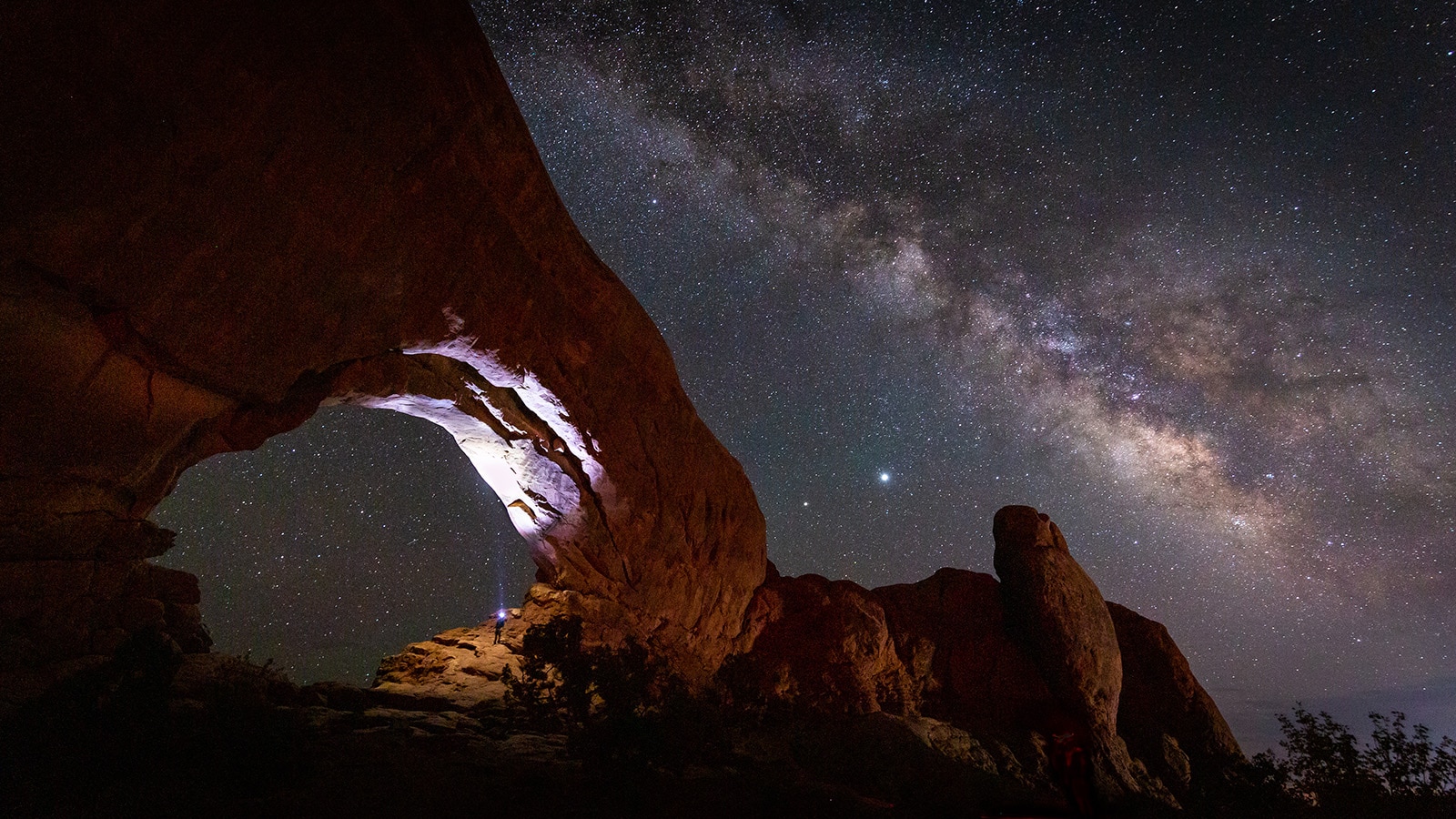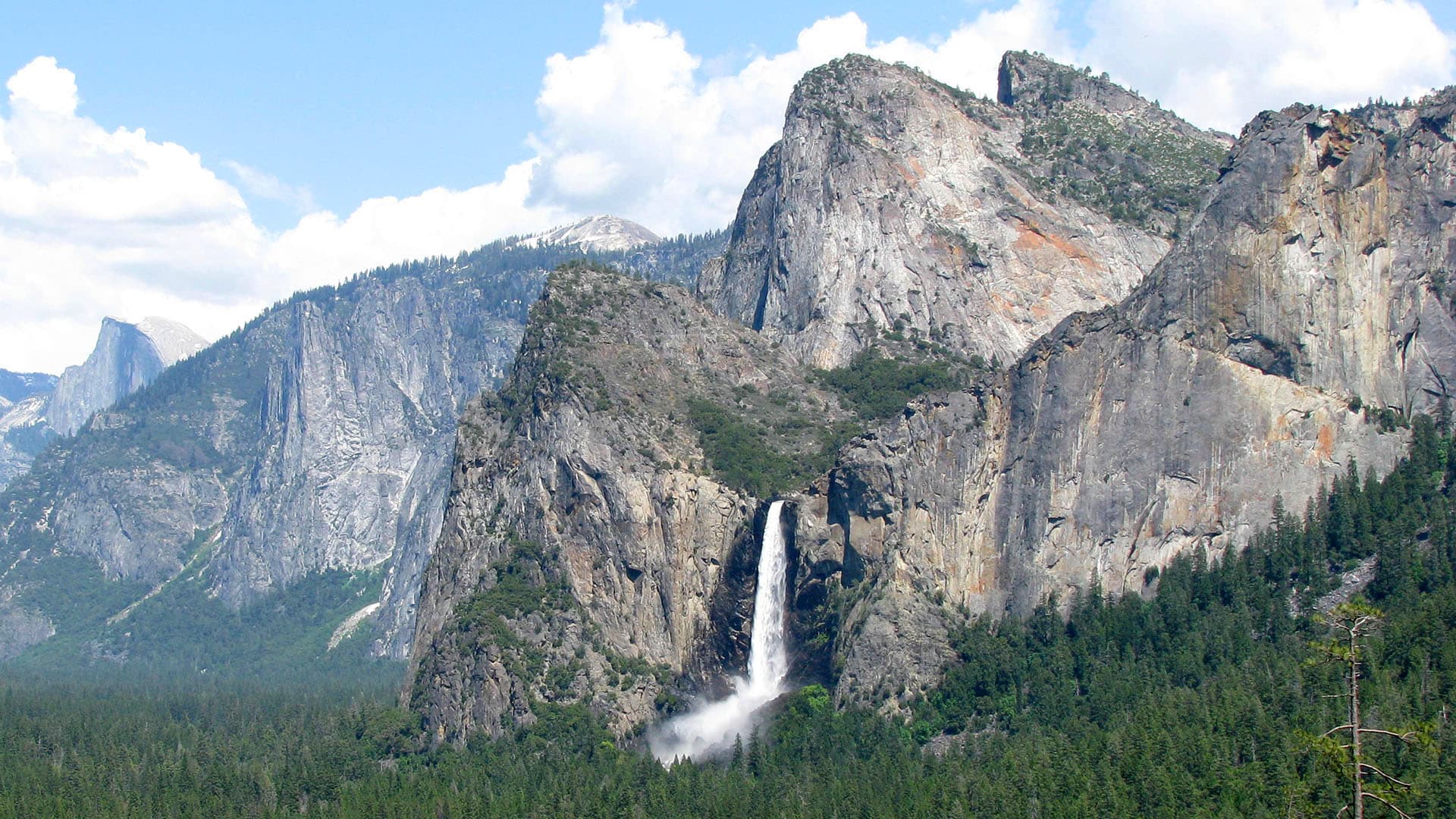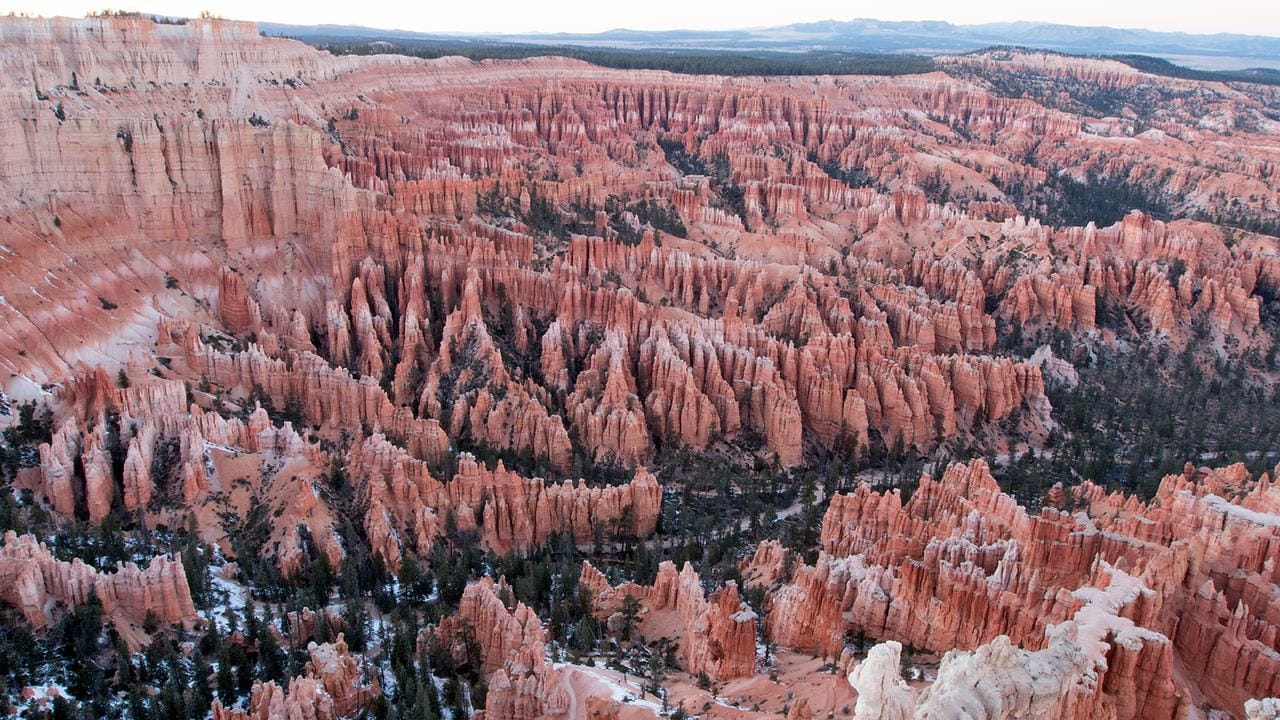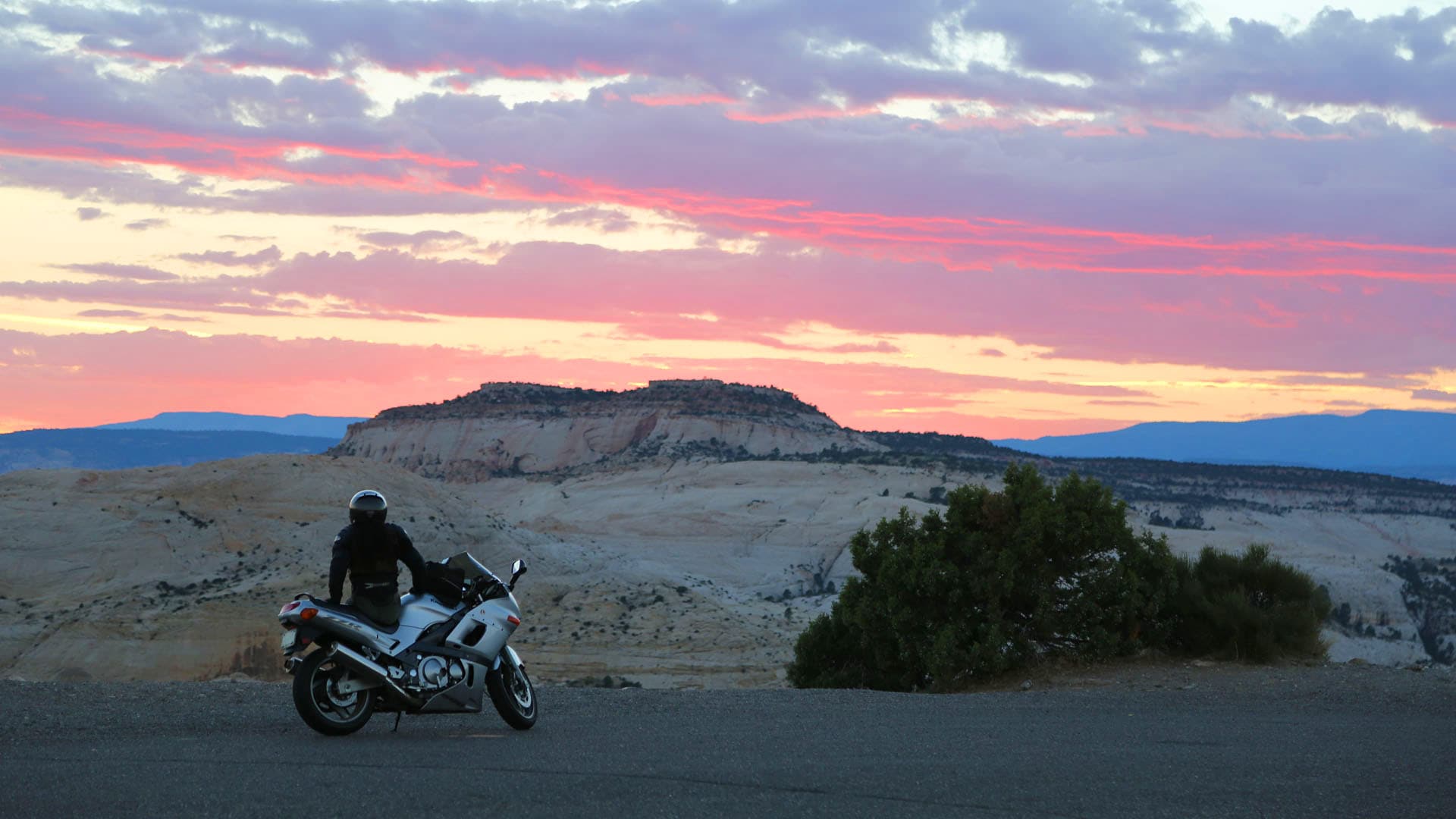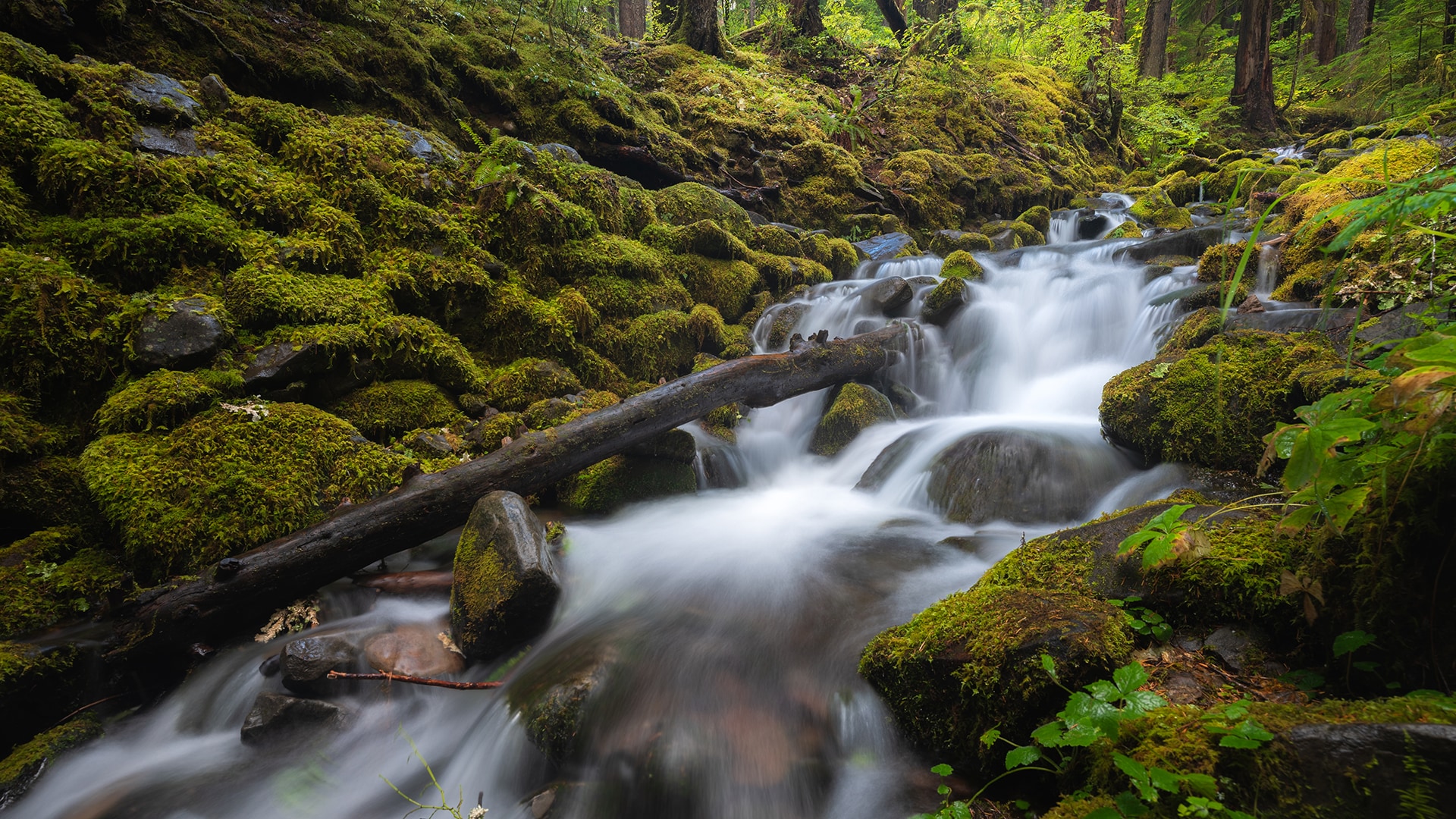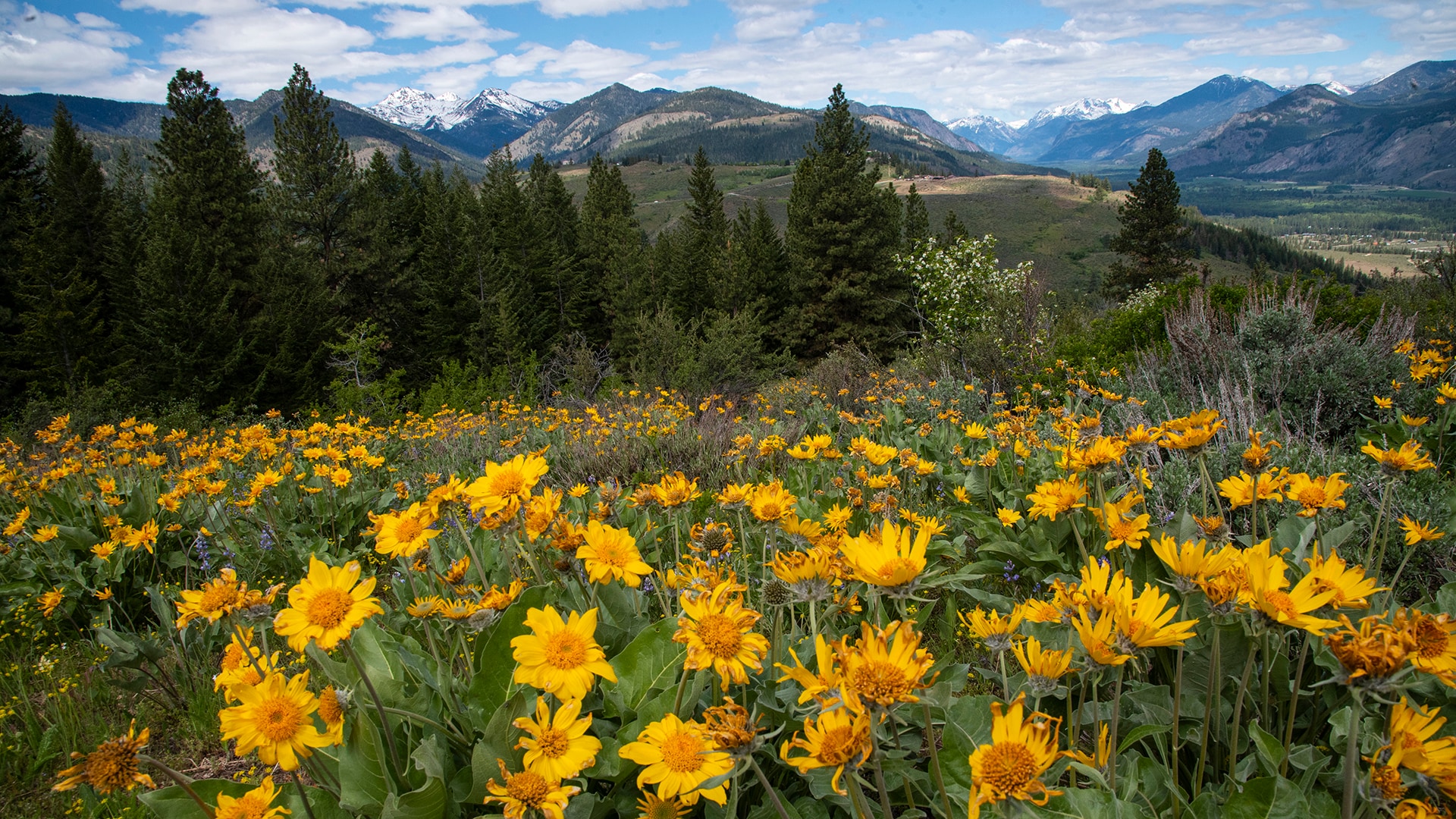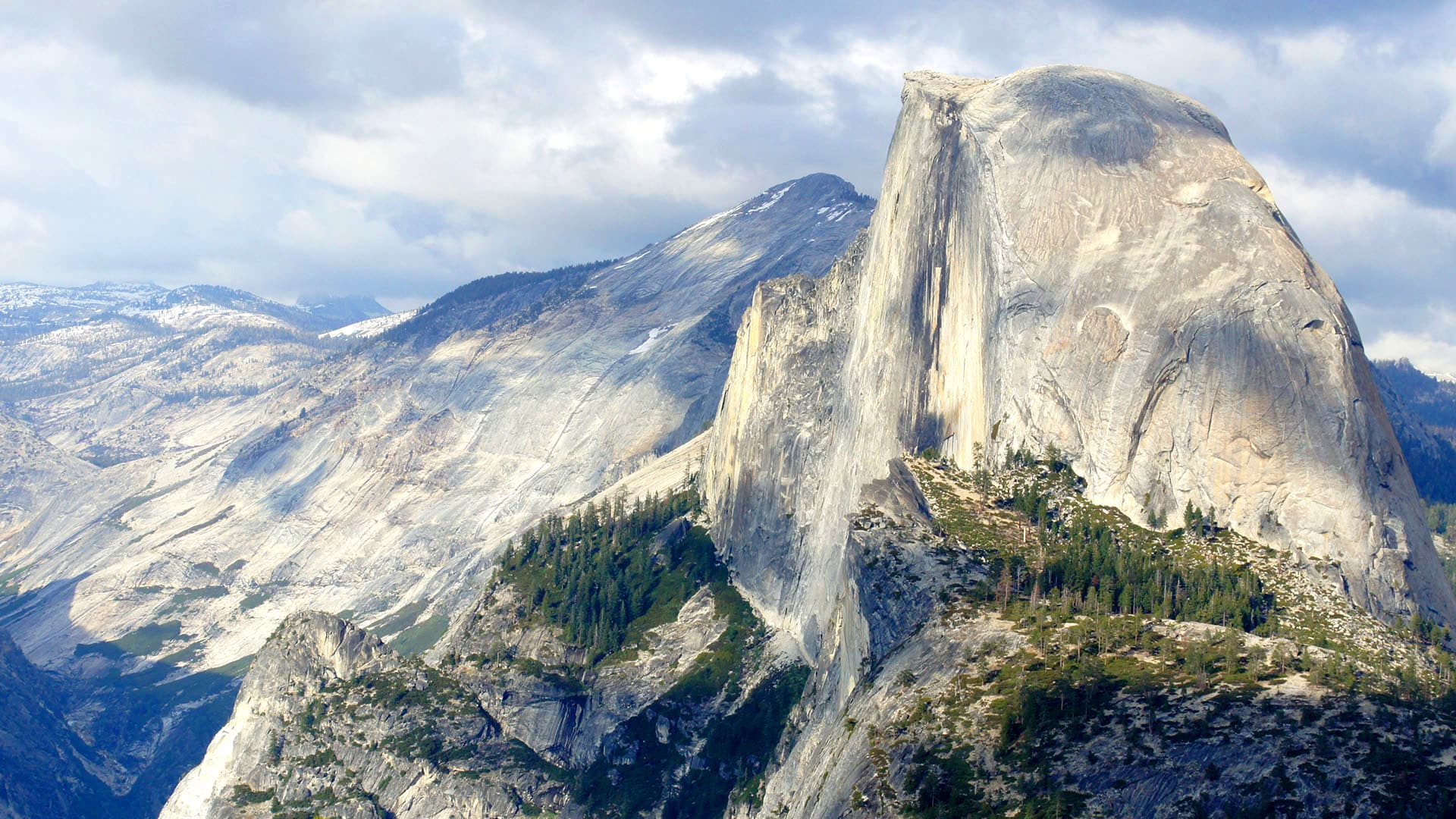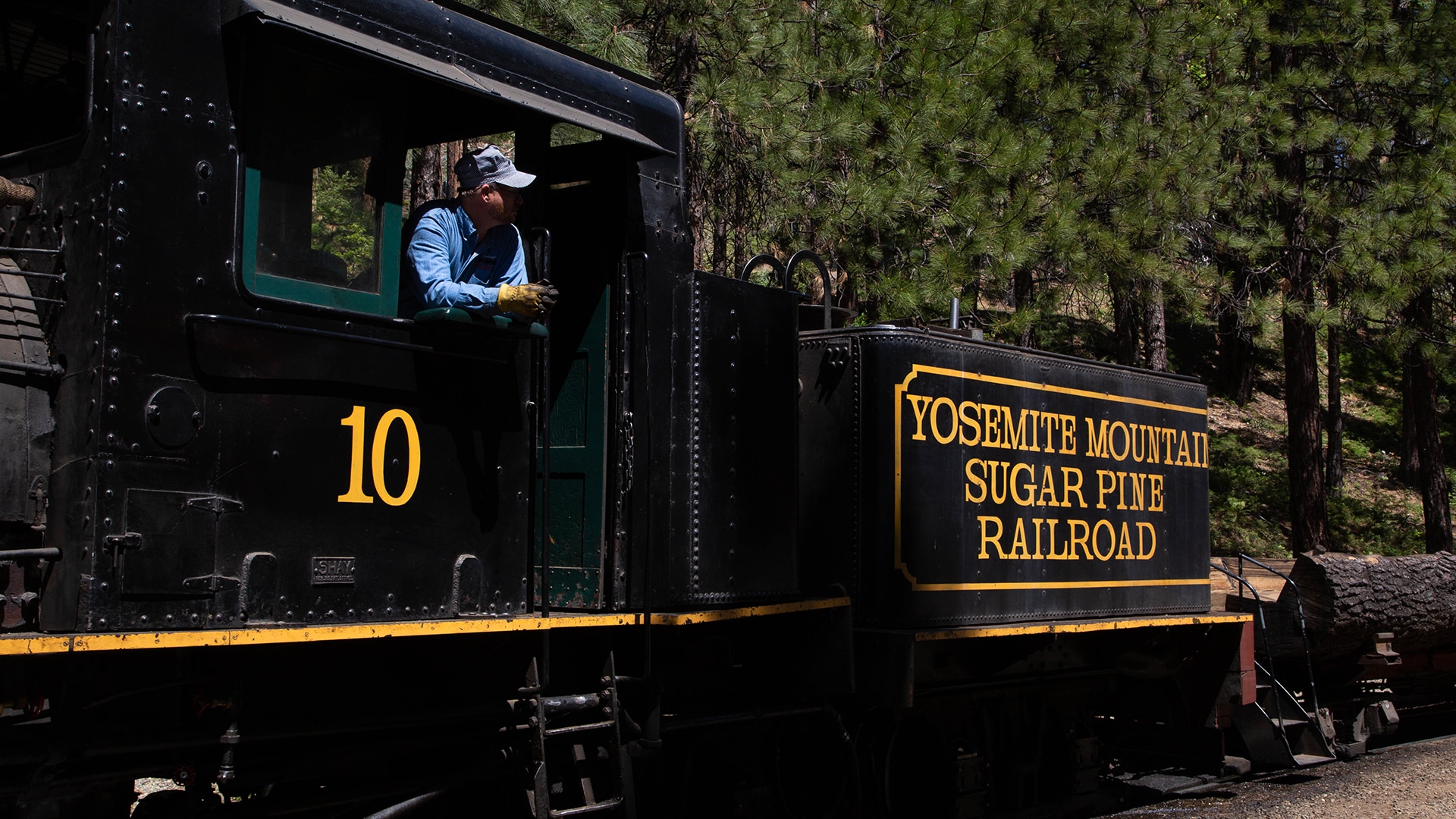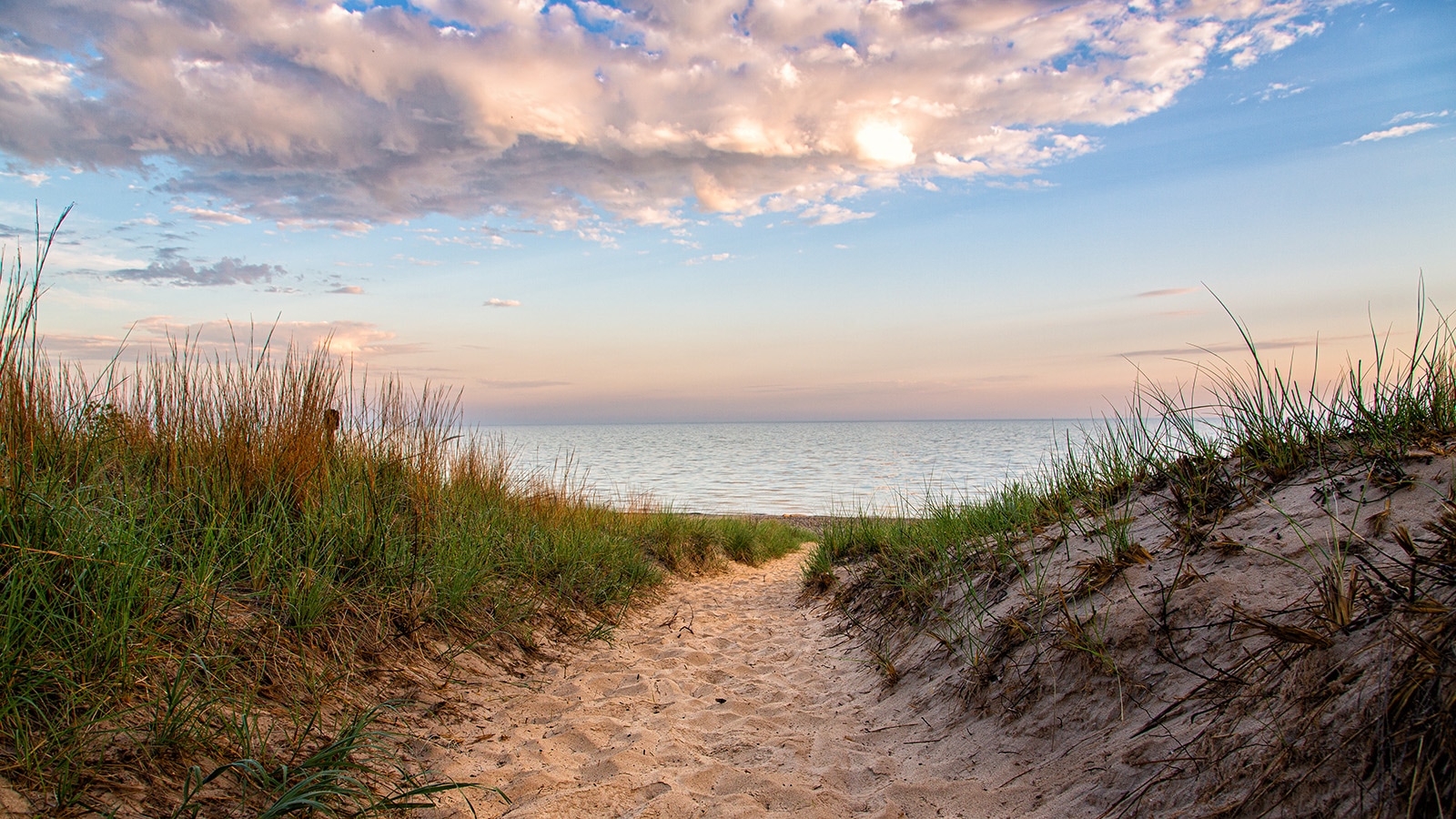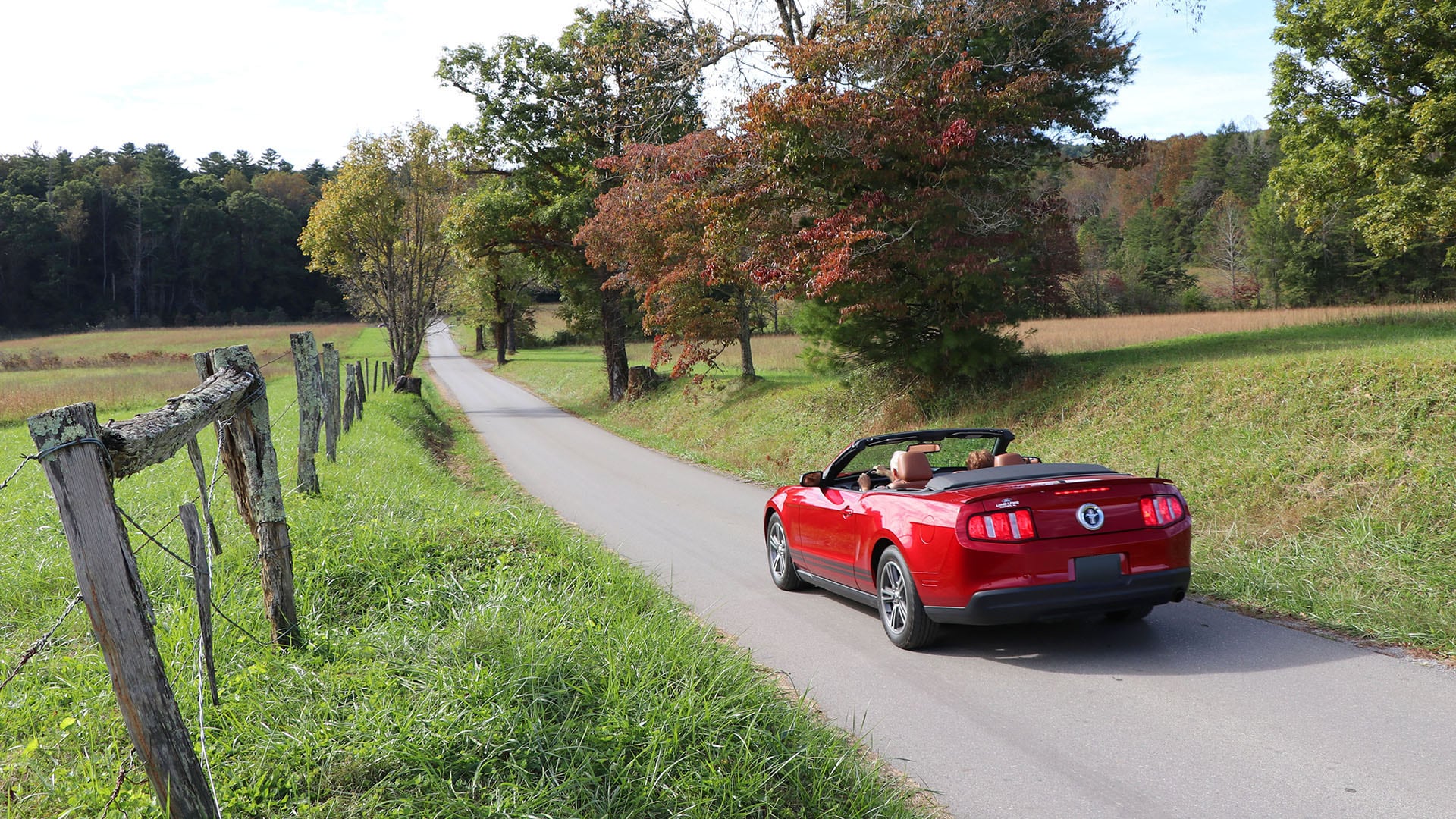Cades Cove Scenic Drive is a Trip Back in Time

An 11-mile driving loop takes visitors through Cades Cove.
Story and photos by Tom Uhlenbrock
Tom is an award-winning travel writer and journalist based in St. Louis.
Visit log homes, churches and other buildings from the early 1800s on a relaxing 11-mile drive.
Cades Cove is about 25 miles off the main road through Great Smoky Mountains National Park in Tennessee, but it takes you back some 200 years. And driving there is a delight.
To get to Cades Cove, detour off Newfound Gap Road onto Little River Road, which becomes Laurel Creek Road. The two-lane blacktop winds under a canopy of green – the rock face of a mountain on one side and a sparkling stream tumbling through moss-covered boulders on the other.
The scenery is so picture-perfect that on they day we took the drive a young man picked one of the frequent turnouts to get down on bended knee and propose, as traffic crawled by.
Laurel Creek Road ends in a landscape of rolling meadows with haze-covered ridges as a backdrop. Welcome to Cades Cove, a valley between mountains.
An 11-mile, one-way road loops through Cades Cove, featuring stops at the log homes, churches, mills and graveyards of the Europeans who arrived in the early 1800s to farm the rich soils. By 1900, the 125 families who lived in the valley used the same road tourists drive along today.

Cades Cove features historic cabins.

Mingus Mill is near the Oconaluftee Visitor Center at the south edge of the park.
Historic Buildings, Bears
Some 80 historic buildings remain in the cove, and John Oliver’s cabin is the oldest log home among them. Oliver arrived in the valley around 1820, and his land remained in the family until the national park was established more than a century later.
Three churches are among the buildings, and they are open to visitors. One of them, the Primitive Baptist Church, was established in 1827 but closed during the Civil War due to conflicting loyalties.
The Cable Mill Historic Area and the Cades Cove Visitor Center mark the midway point of the drive. The area’s buildings include the original water-powered grist mill, a blacksmith shop, a barn of cantilever construction and a house built with lumber sawed at the mill.
Native Americans camped and hunted in the cove before European settlers arrived. Today, the only permanent residents are the turkey, deer and other wildlife that roam the fields.
There are 1,500 black bears in Great Smoky Mountains National Park, and they regularly come down from the forests in search of food at the cove, especially in the late afternoon during summer and fall.
The slow-moving procession of vehicles comes to a halt at “bear jams” when one of the bears makes an appearance.
But it’s a minor inconvenience. Nobody is in a hurry when driving the loop through Cades Cove.

Turkey and deer are common sights on a drive through Cades Cove.
Related
Read more about national parks.
- Grand Canyon Hike
- National Park Tradition Renews Family Ties
- Road Trip to Five National Parks Near Los Angeles
- Rocky Mountain National Park Snowshoeing
- Great Smoky Mountains Waterfalls
- Grand Teton National Park
- Yellowstone National Park in Winter
- Weekend Getaway in Joshua Tree National Park
- Road Trip Through Northern California
- Road Trip to Saguaro National Park
- Road Trip from Olympic National Park to San Francisco
- Colorado’s Great Sand Dunes National Park
- The Loneliest Road in America
- Road Trip to Death Valley National Park
- New River Gorge National Park
- Majestic Mountain Loop
- Road Trip from Denver to Glacier National Park
- Driving Through The Smoky Mountains: Planning Your Road Trip
- Mount Rainier National Park
- Road Trip to Acadia National Park
- Day Trip to Dry Tortugas National Park
- Black Canyon of the Gunnison National Park
- Washington’s North Cascades National Park
- Road Trips to National Parks in Winter
- Road Trip to White Sands National Park
- Petrified Forest National Park
- Road Trip Through Central Oregon
- Road Trip to Zion National Park for Artistic Inspiration
- Cold Weather Photography Tips
- Things to Do in Hot Springs, AR on Your Next Getaway
- Road Trip to Dark Sky Parks in Utah
- Weekend Getaway to Yosemite National Park
- Plan a Road Trip to a National Park Near You
- Isle Royale National Park
- Mountain Road Trips
- Weekend Getaway to Bryce Canyon National Park
- Visiting Glacier National Park in Winter
- Road Trip on Utah's Scenic Byway 12
- Road Trip to Big Bend National Park, Texas
- Visiting Washington's Olympic National Park in the Offseason
- Cascades Loop Road Trip
- Fall Foliage Road Trip in Road Trip From San Francisco to Yosemite
- Majestic Mountain Loop Family Fun
- Road Trip to Indiana Dunes National Park
- Cades Cove Scenic Drive is a Trip Back in Time

